Diving in Amed
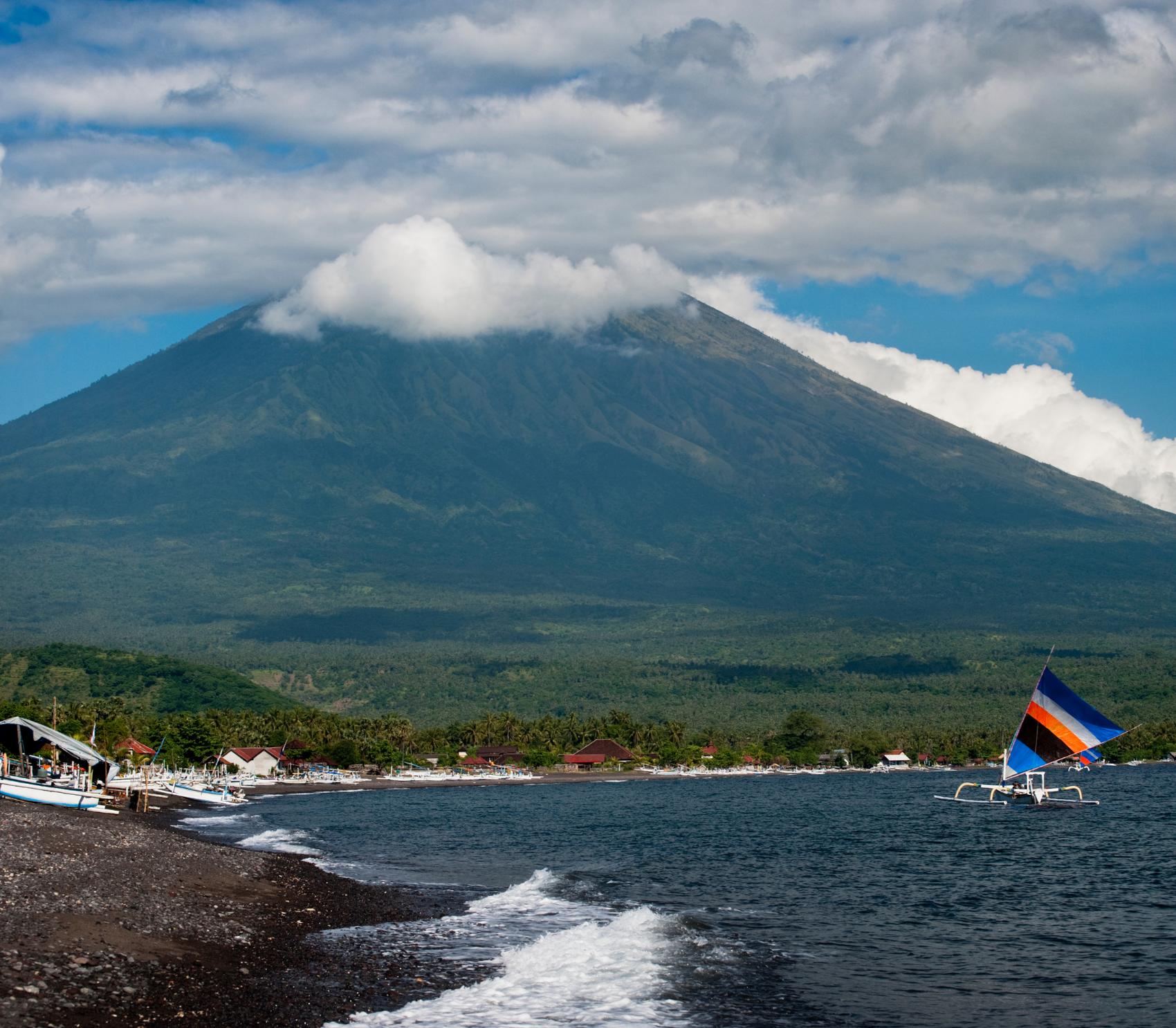
Calm water, variety of sites, and year-round diving
Divers often compare Amed and Tulamben, but Amed’s variety and calmer conditions give it the edge. With sheltered bays like Jemeluk offering easy access and dramatic sites like the 40-meter wall dive, Amed suits both beginners and pros. Its dry microclimate ensures clear visibility year-round, and black sand bottoms make marine life pop for photographers. From muck dives to steep drop-offs, Amed truly is Bali’s underwater classroom.
Types of diving in Lombok
- Drift Diving
- Reef Diving
- Ocean Diving
- Wall Diving
Explore wrecks, coral slopes, and underwater structures
Amed’s dive sites offer coral walls, historic wrecks, and rich muck habitats—making it a favorite among Bali’s dive destinations. Highlights include the Japanese Wreck at snorkel-friendly depths, Bunutan’s muck-rich slopes, and Jemeluk Wall’s dramatic drop-offs. Pyramids, with its granite towers and morning critter sightings, is a must for advanced divers. With year-round access and peak visibility from November to March, Amed delivers both adventure and biodiversity in every dive.
Macro life, volcanic features, and clear visibility

Imagine gliding through underwater gardens shaped by volcanic rock. Amed’s dive sites aren’t just scenic, they’re biological treasure troves. Home to pygmy seahorses, mimic octopuses, and over 15 nudibranch species, this region is a macro photographer’s dream. Water temperatures range from 26–29°C, visibility stays around 50–80 feet, and night dives reveal creatures like bobtail squid and mandarin fish. Whether you’re a beginner or advanced diver, Amed delivers year-round underwater magic.
Get ready for face-to-fin encounters with the Coral Triangle's most elusive creatures
- 15+ species of nudibranchs in neon colors
- Mimic octopus shape-shifting in real time
- Ribbon eels peeking from volcanic sand
Water temperatures change with the seasons. From May to September, the water is warm at 84°F (29°C). This is perfect for diving in a 3mm wetsuit. When the rainy season comes, the water cools to 79°F (26°C), requiring a 5mm wetsuit.
Dry (May-Sep)
- Water Temp: 84°F/29°C
- Wetsuit: 3mm
- Visibility: 60-80ft
Wet (Oct-Apr)
- Water Temp: 879°F/26°C
- Wetsuit: 5mm
- Visibility: 50-70ft
Shallow coral gardens and dramatic walls
Jemeluk Bay is the heart of Amed’s diving scene. Here, volcanic slopes meet colorful reefs. This area offers three sites that show Bali’s marine diversity and cultural traditions.
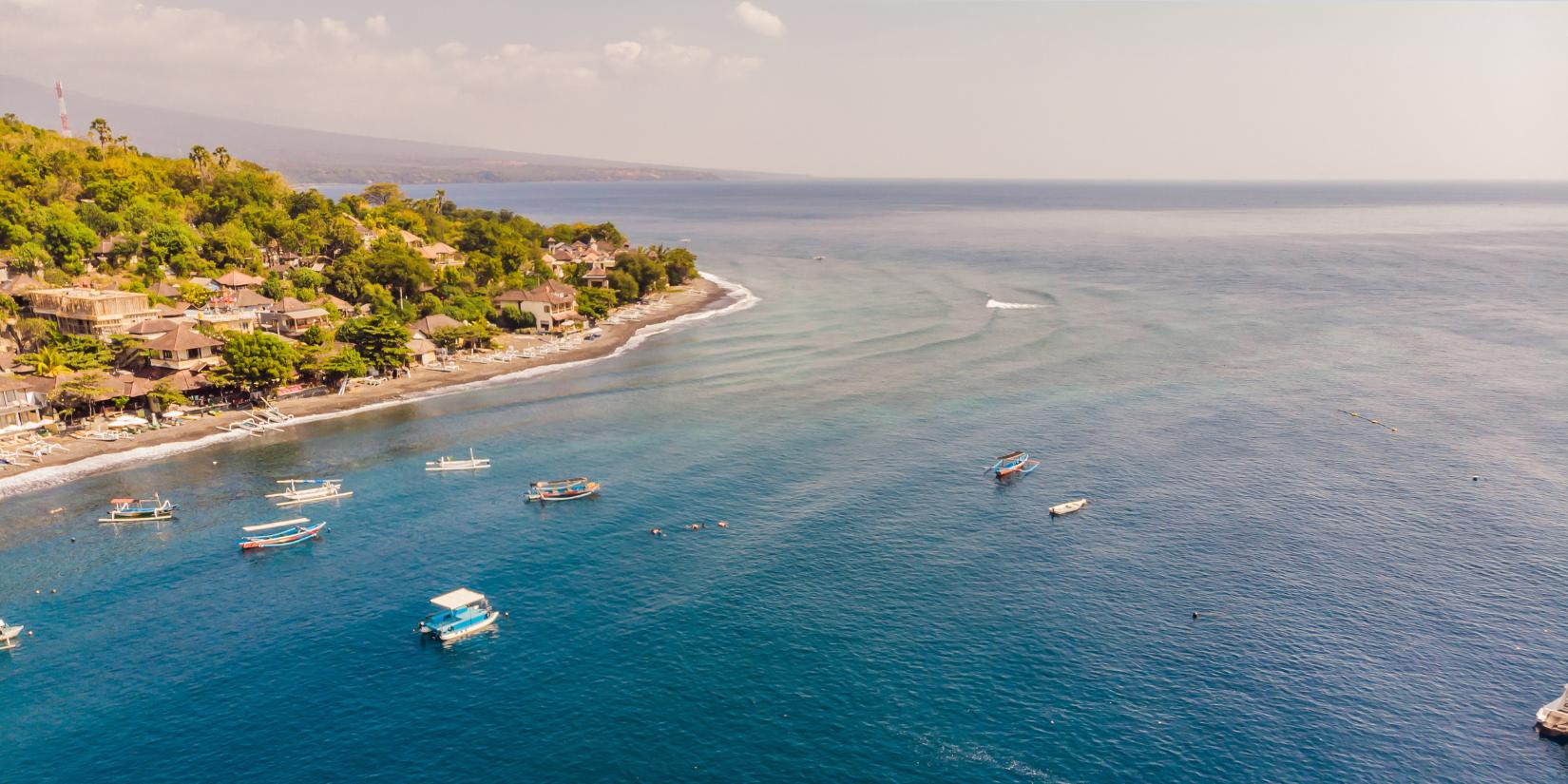
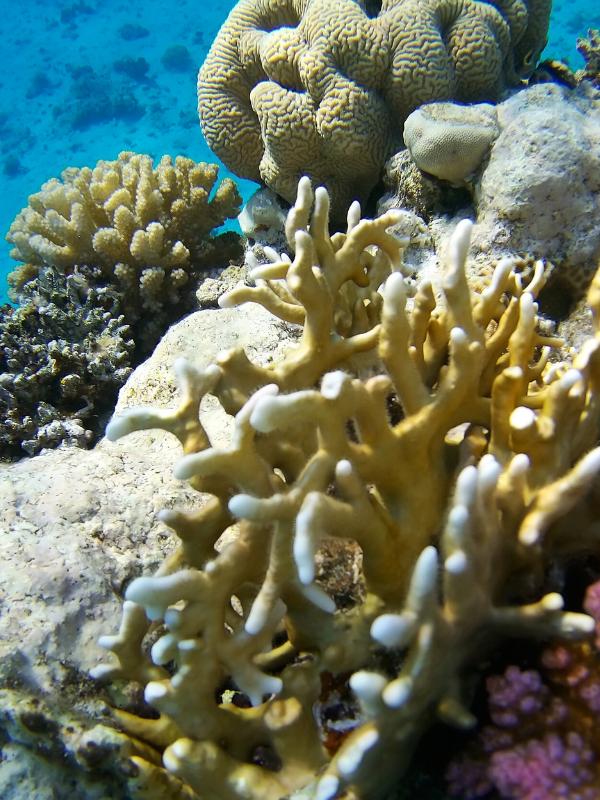
Coral Garden
Amed Coral Garden is known as one of the most epic scuba diving in Amed, Bali. It starts at 10m depth with a coral garden. You’ll see schools of bumphead parrotfish and ribbon eels in crevices. It’s perfect for beginners. This shallow reef is great for Amed beach diving trips.
Types of dives:
- Reef
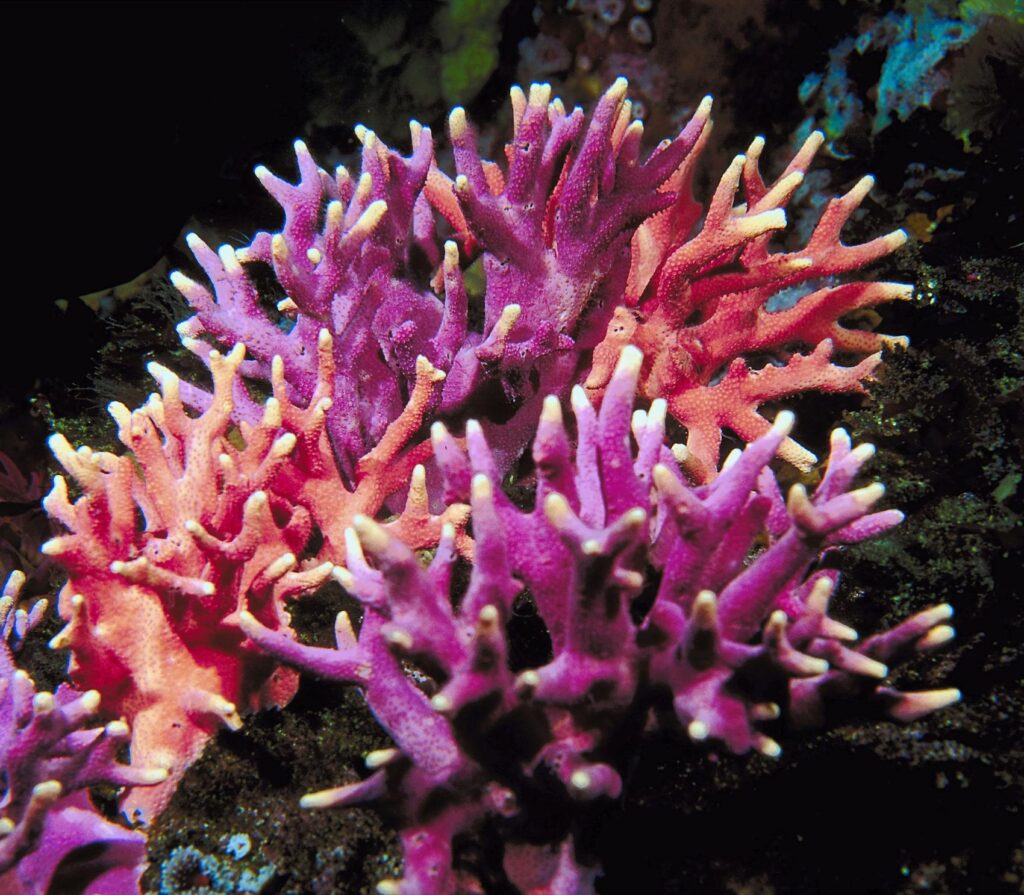
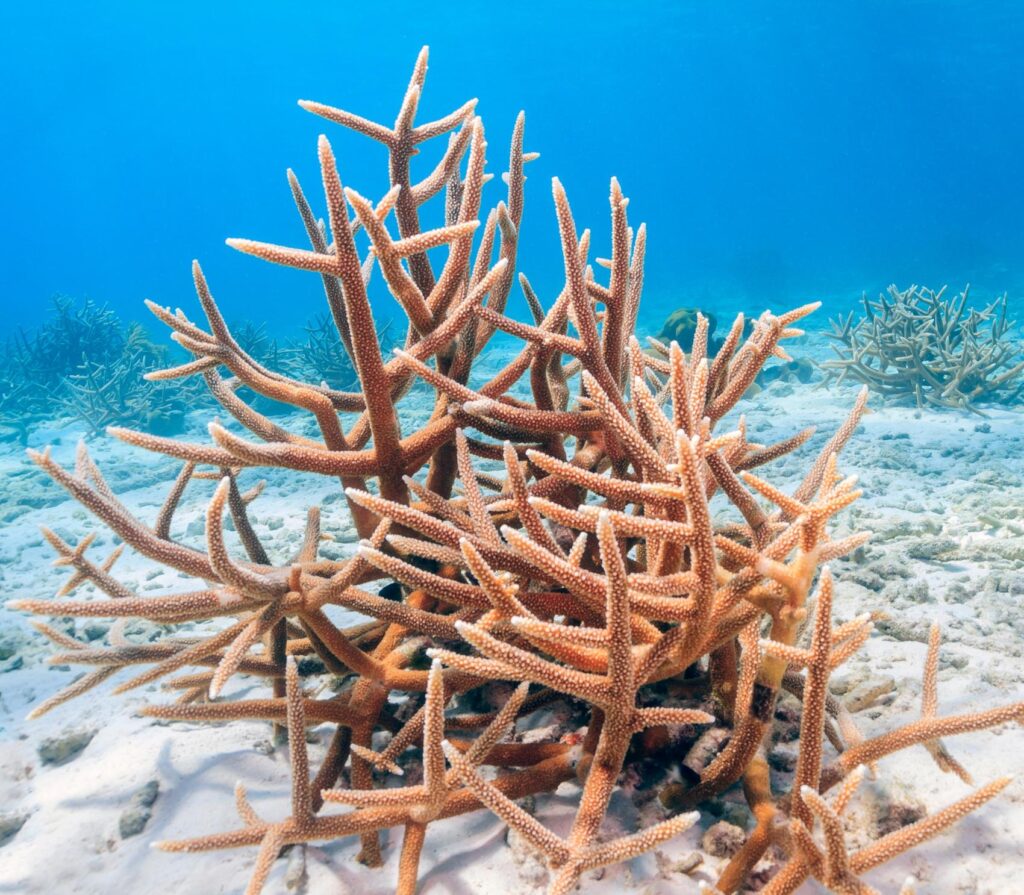
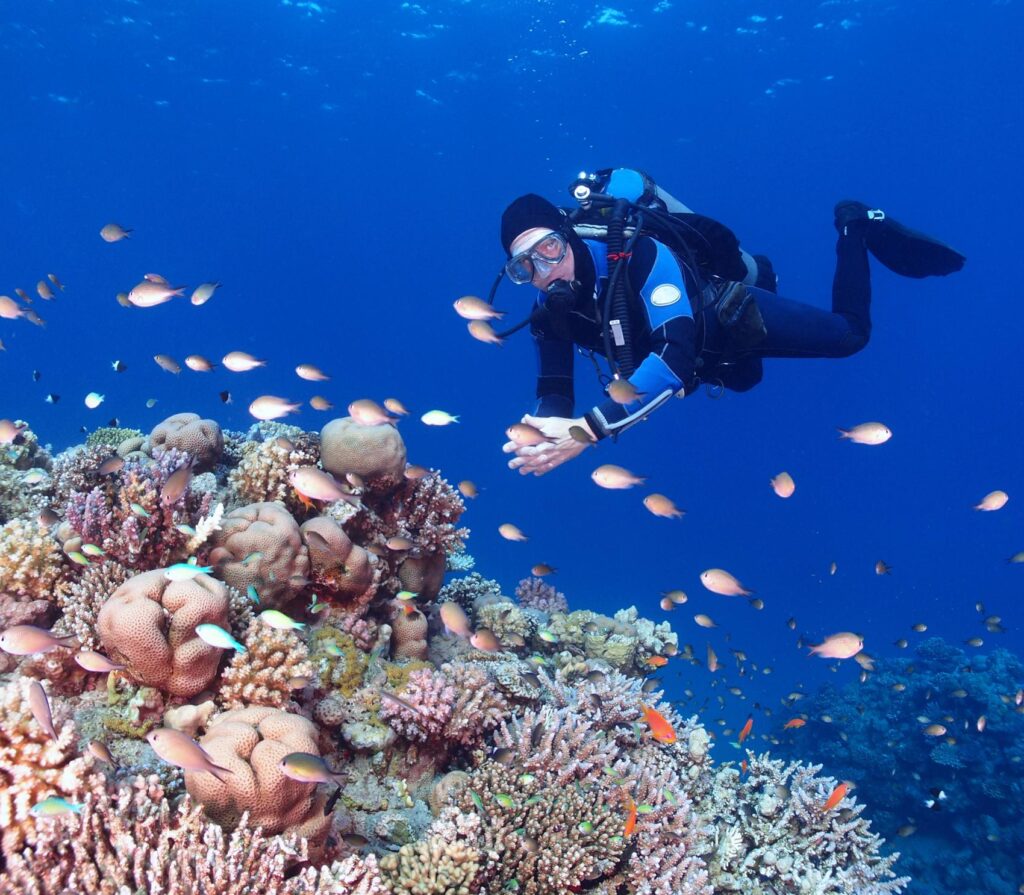
Dive Site
Pyramids is famous for its granite boulders that form natural arches. It’s one of Bali’s most beautiful Amed dive sites. Blue-spotted rays glide through swim-throughs as sunlight filters through. Advanced divers can explore deeper areas. Here, dogtooth tuna hunt in currents.
Types of dives:
- Drift
- Reef




Wall of Life
Drift along Jemeluk Wall, a 25-meter reef draped in sea fans and home to tiny pygmy seahorses. It’s a favorite for both scuba and free diving in Amed, Bali. Between dives, visit nearby salt farms and collect “garam tradisional” as edible souvenirs. Trusted local operators offer guided tours that blend vibrant marine life with rich cultural experiences.
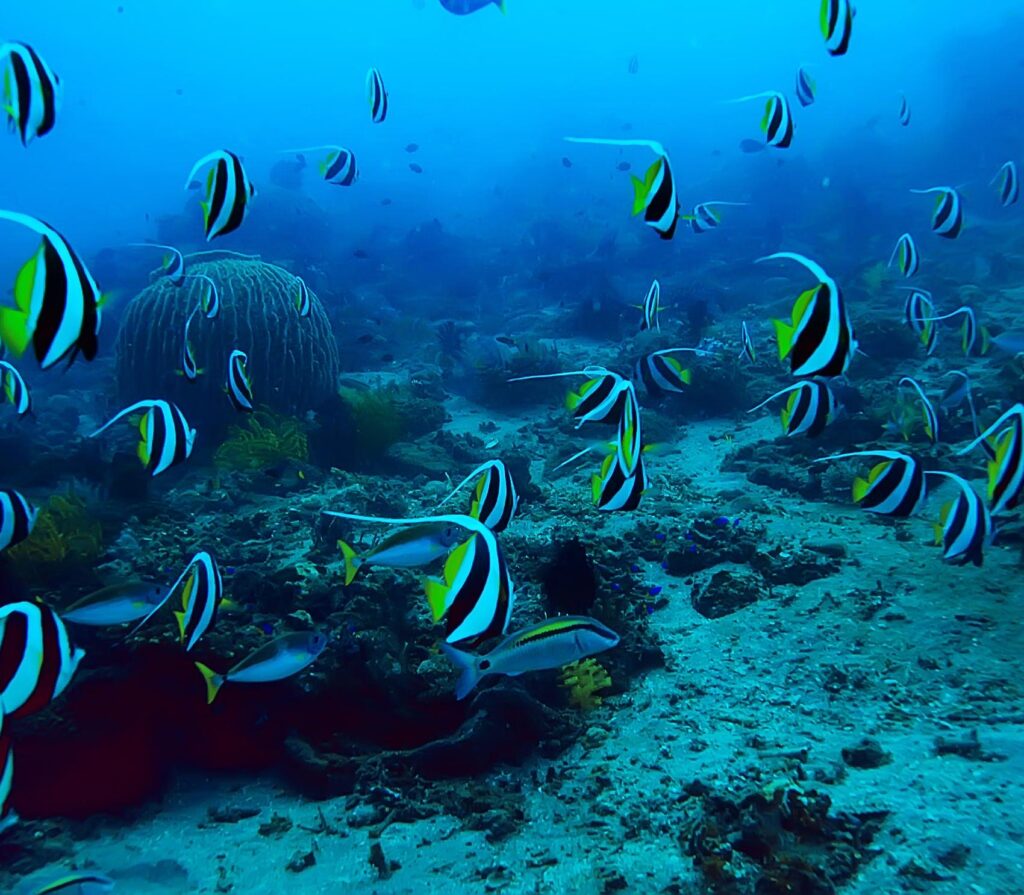
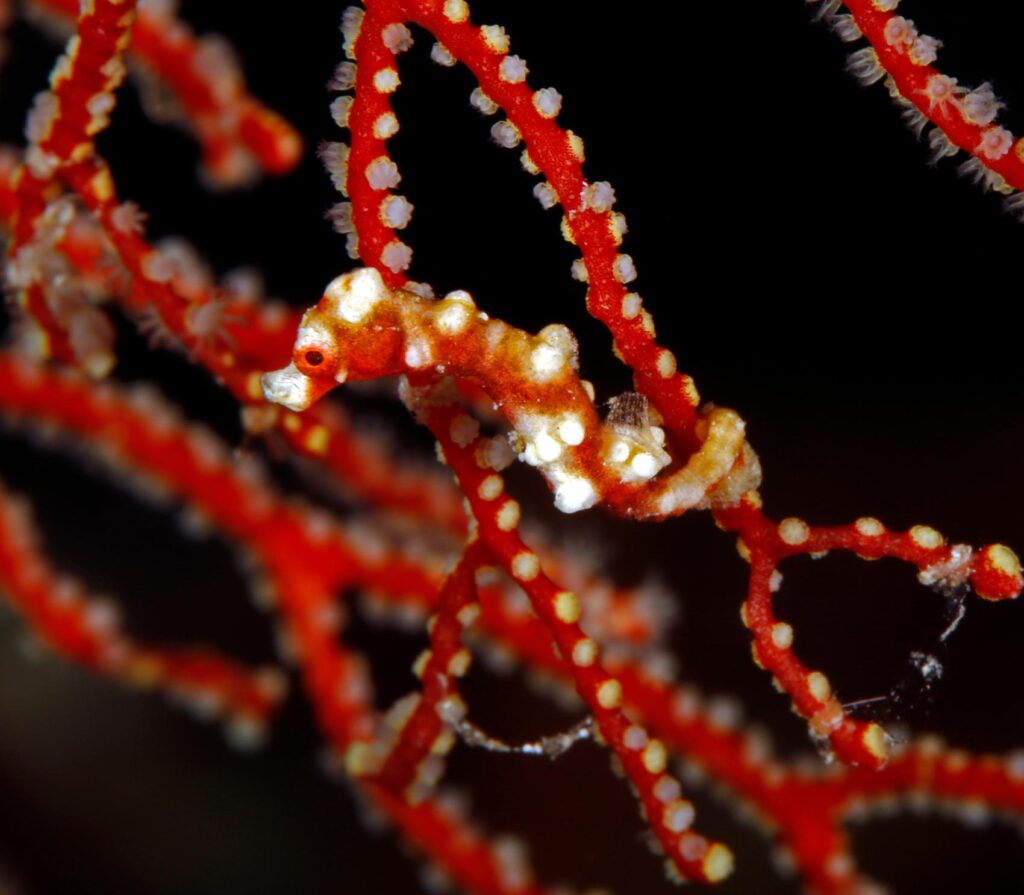
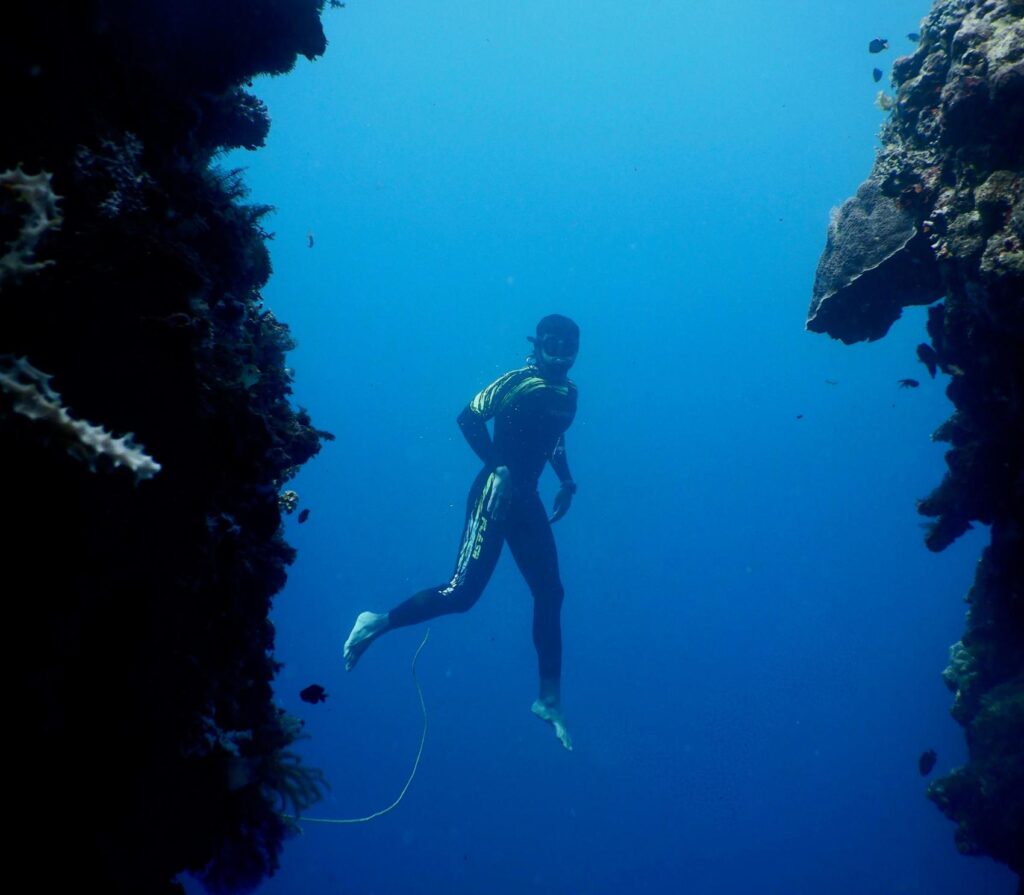
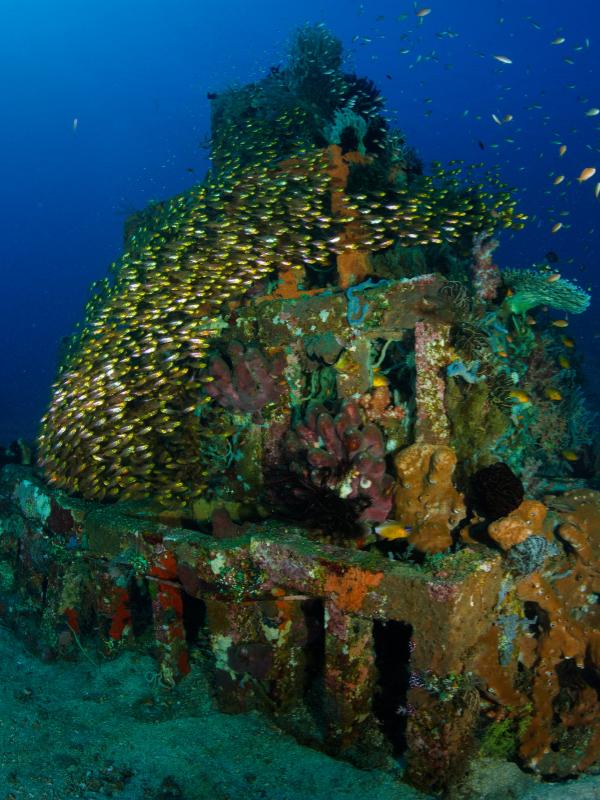
Bali’s most relaxed diving spot
Amed’s coastline hosts some of Bali’s most diverse underwater landscapes, with morning visibility reaching up to 30 meters in Jemeluk Bay. Melasti offers beginner-friendly slopes and reef sharks, Blue Moon delivers thrilling wall dives with pelagics, and Golden Rock hides macro treasures among lava boulders. Whether you’re perfecting buoyancy or chasing dogtooth tuna, Amed’s dive sites unveil a new chapter of underwater magic with every descent.
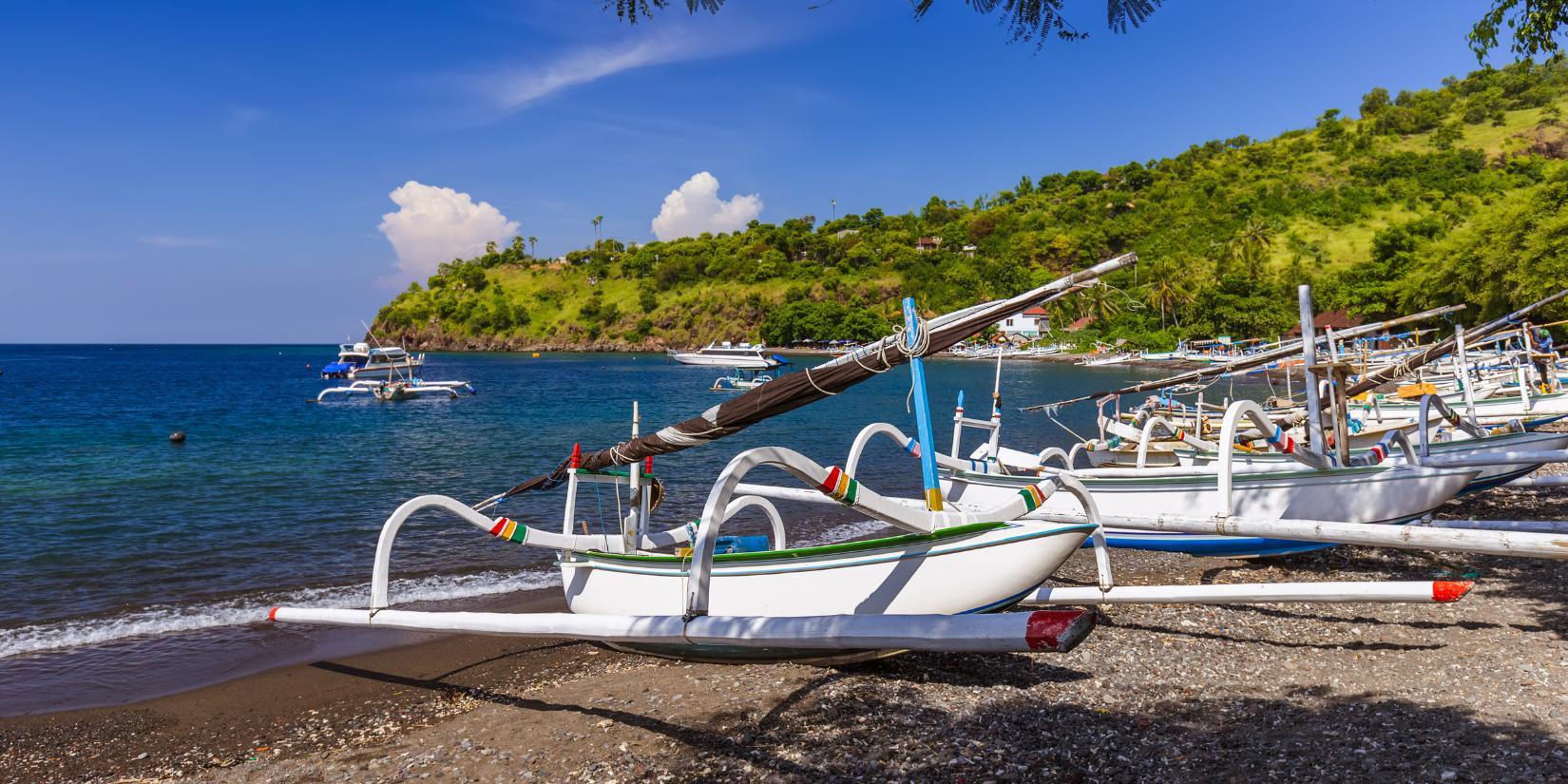
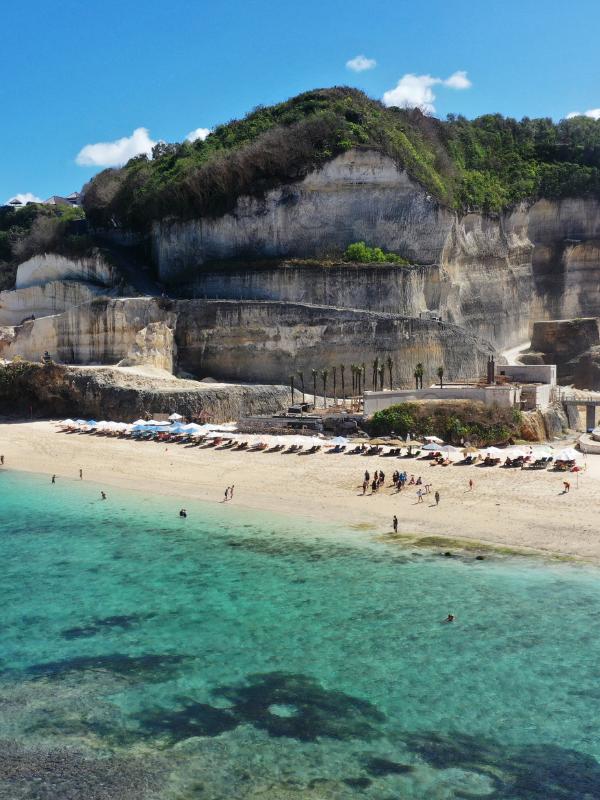
The Gentle Giant
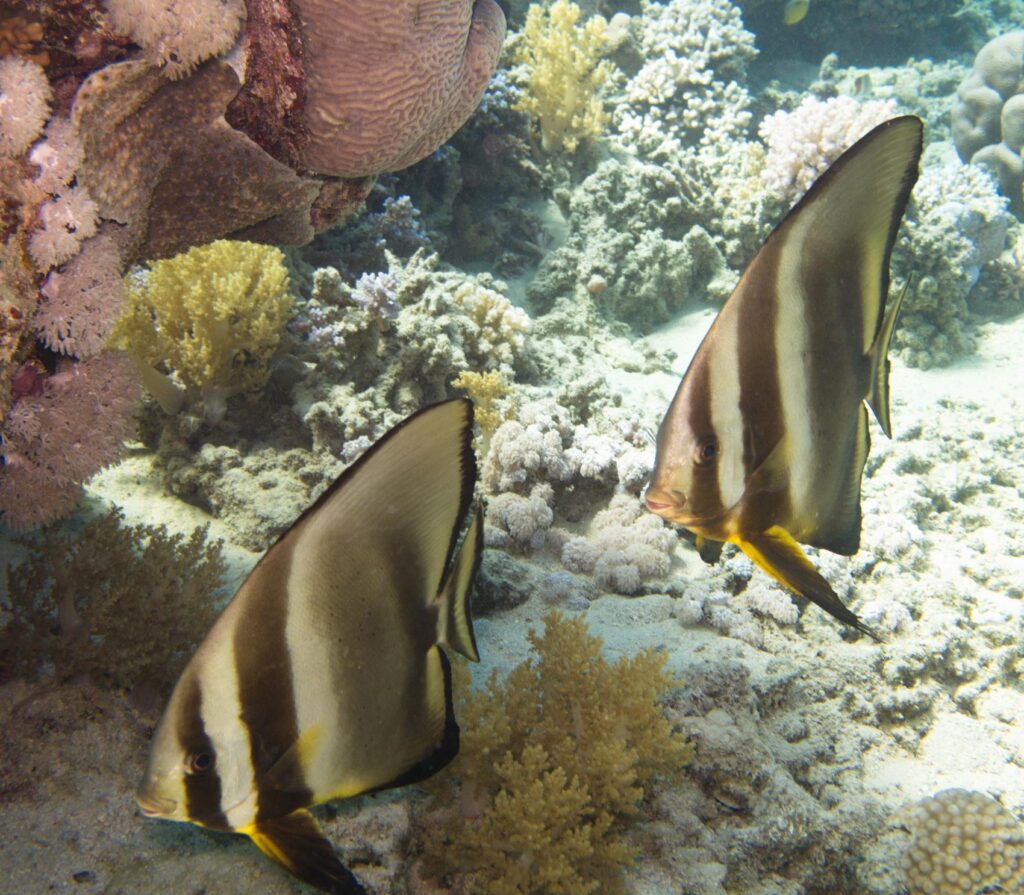
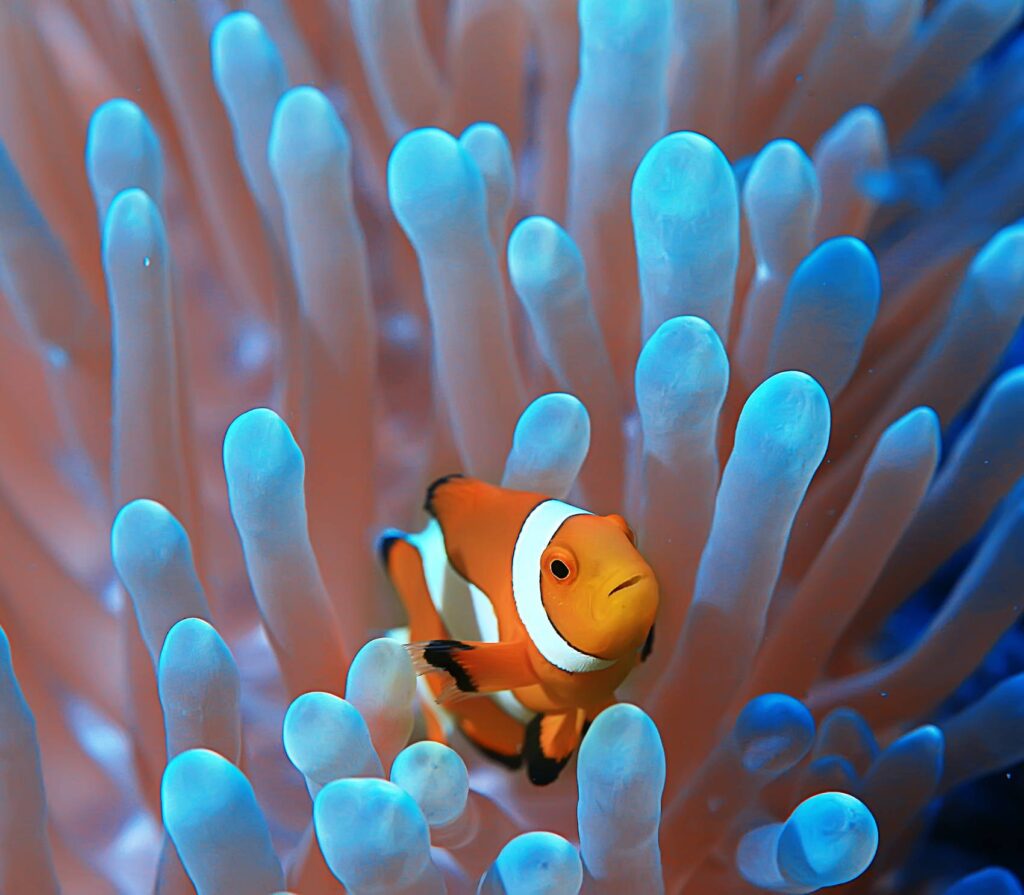
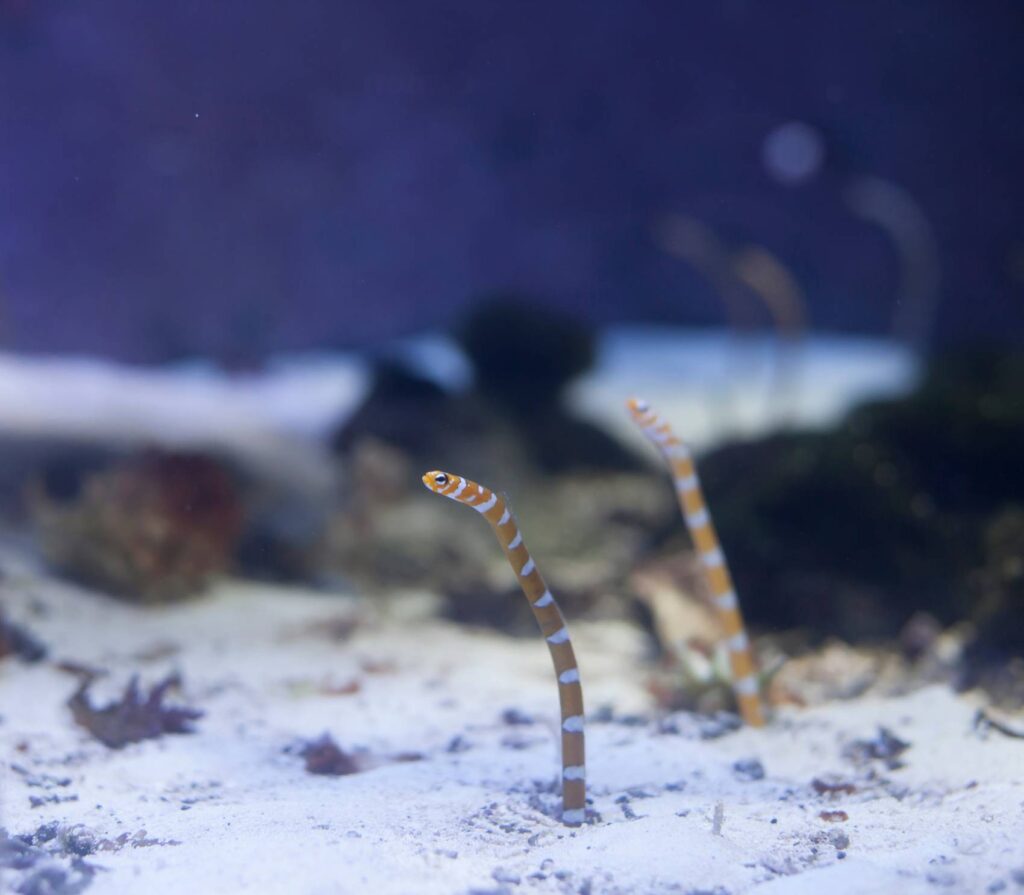
Wall of Wonders
Types of dives:
- Drift
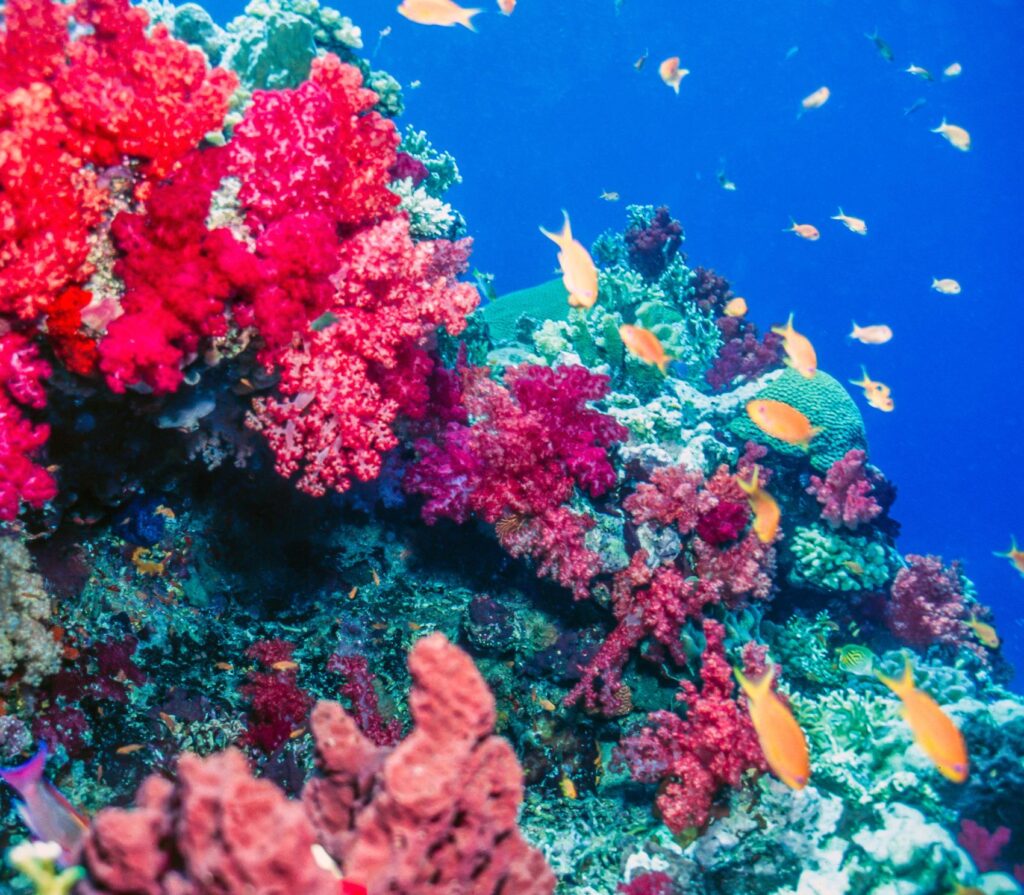
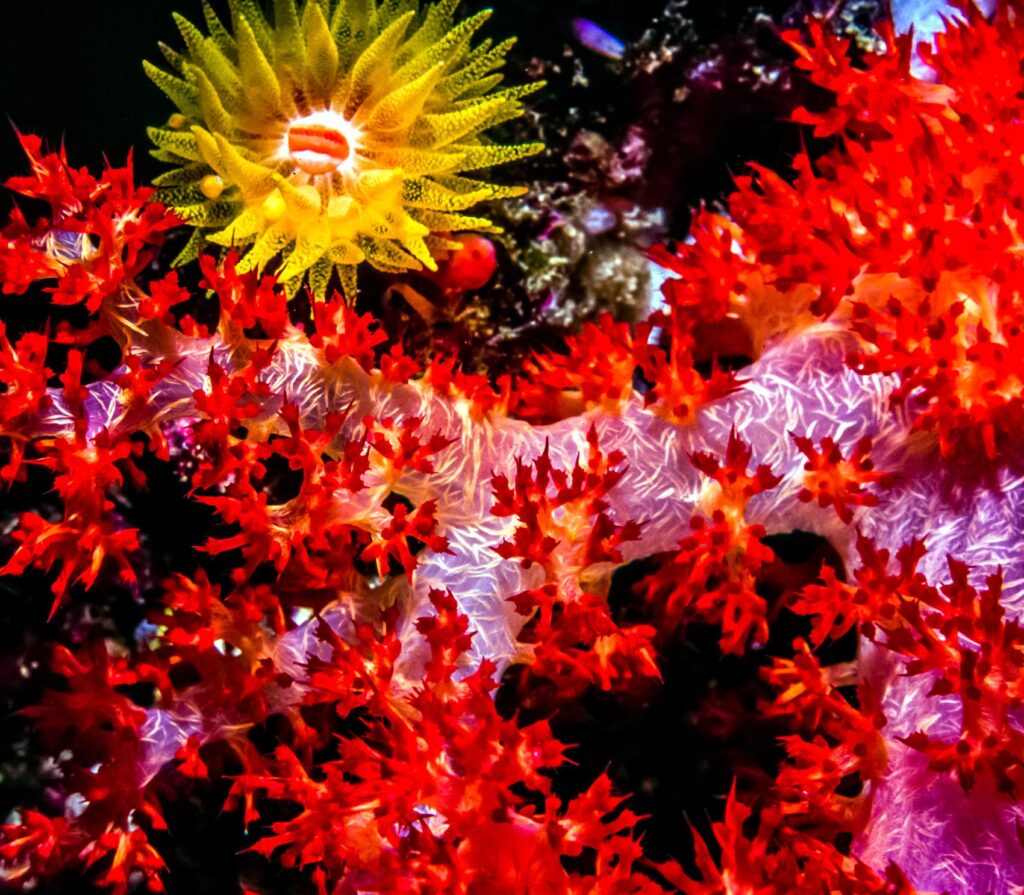
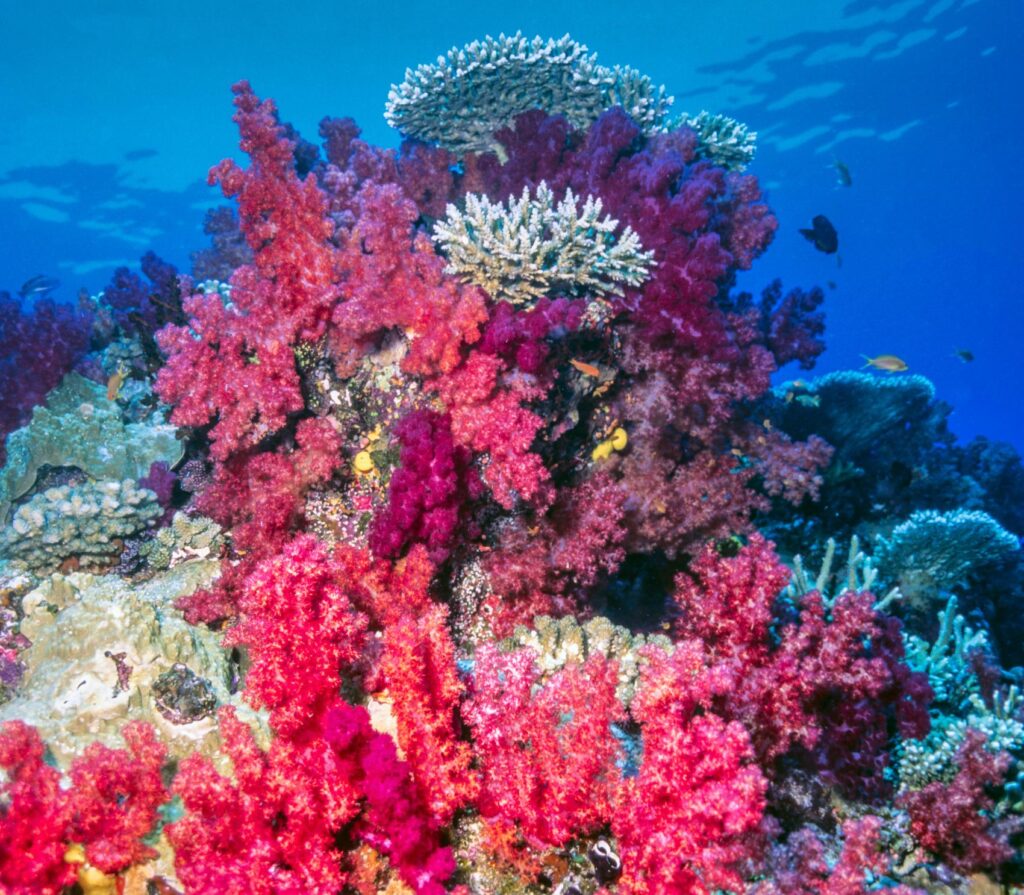

Volcanic Treasure Hunt
Golden Rock is known for its black lava boulders. These create a maze of small habitats. Look for candy crabs and neon nudibranchs decorating the rocks.
This site is great for
over 15 macro species per square meter,
shallow coral nurseries (3-7m), and
snorkeling-friendly zones
Types of dives:
- Drift
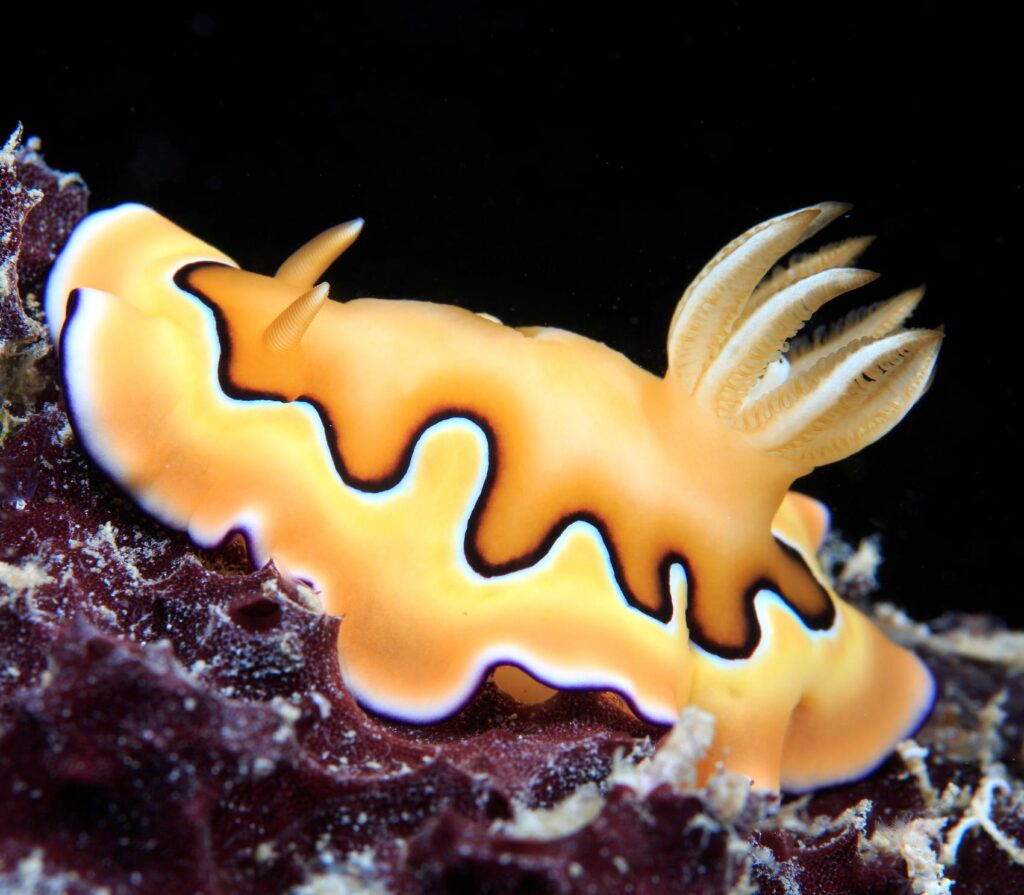
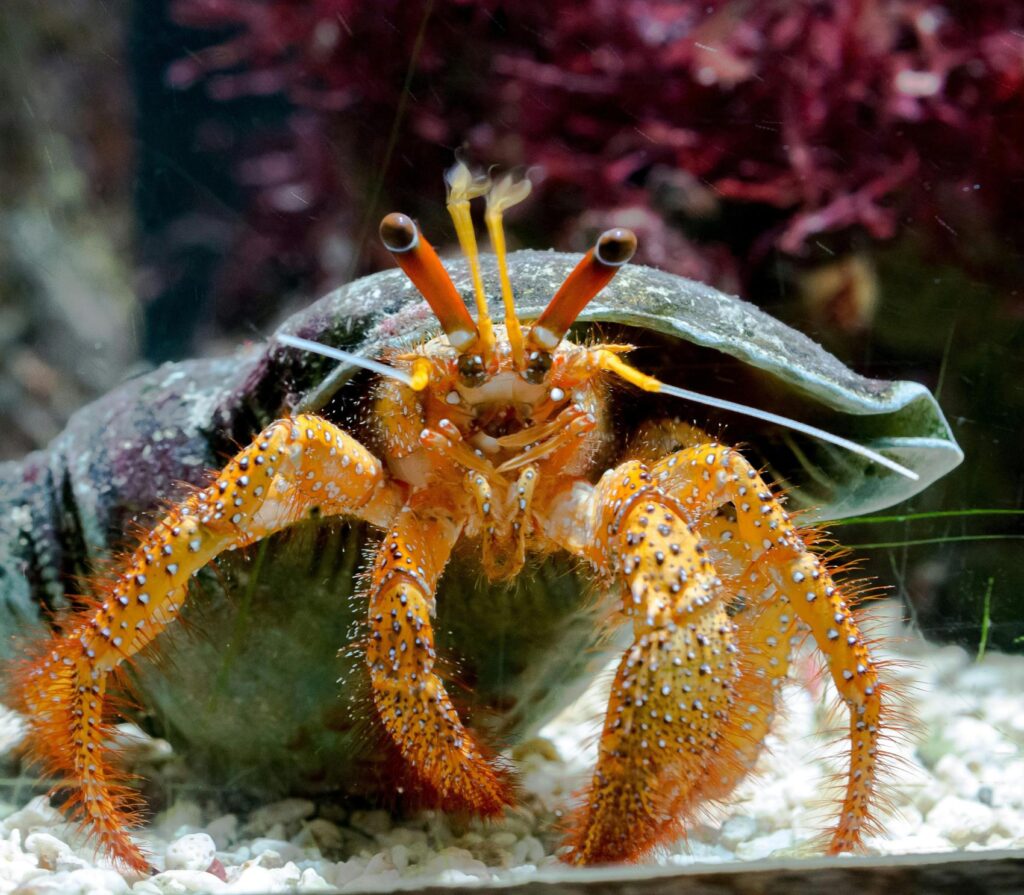

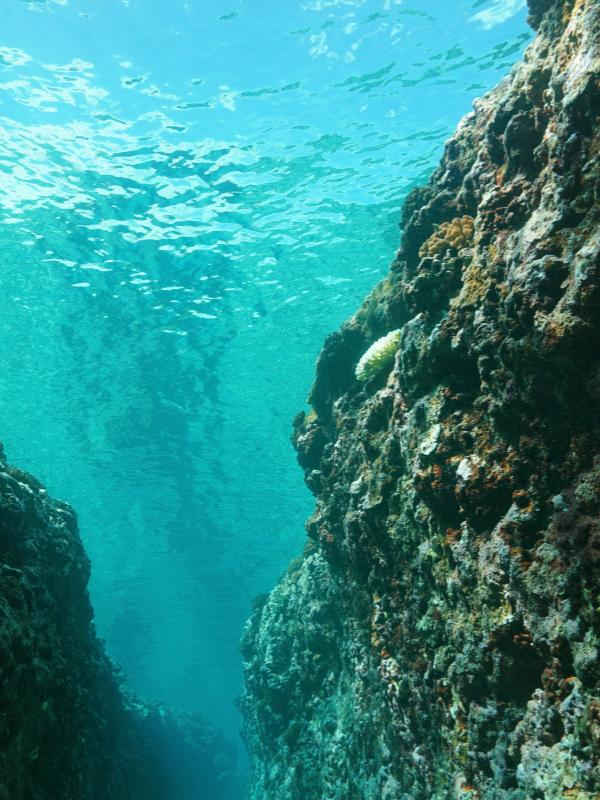
Colorful Coral Slopes and Gentle Currents
East of Amed lies Bunutan, a quieter dive haven where volcanic slopes meet coral-rich waters. Start from the pebble beach and drift over garden eels swaying like underwater wheat fields, while batfish glide above. Bunutan is ideal from May to November for macro shots, octopus sightings, and nutrient-rich drift dives. Nearby, the Japanese Shipwreck at 12m offers easy shore access, WWII history, and bioluminescent night dives under glowing reef lamps.
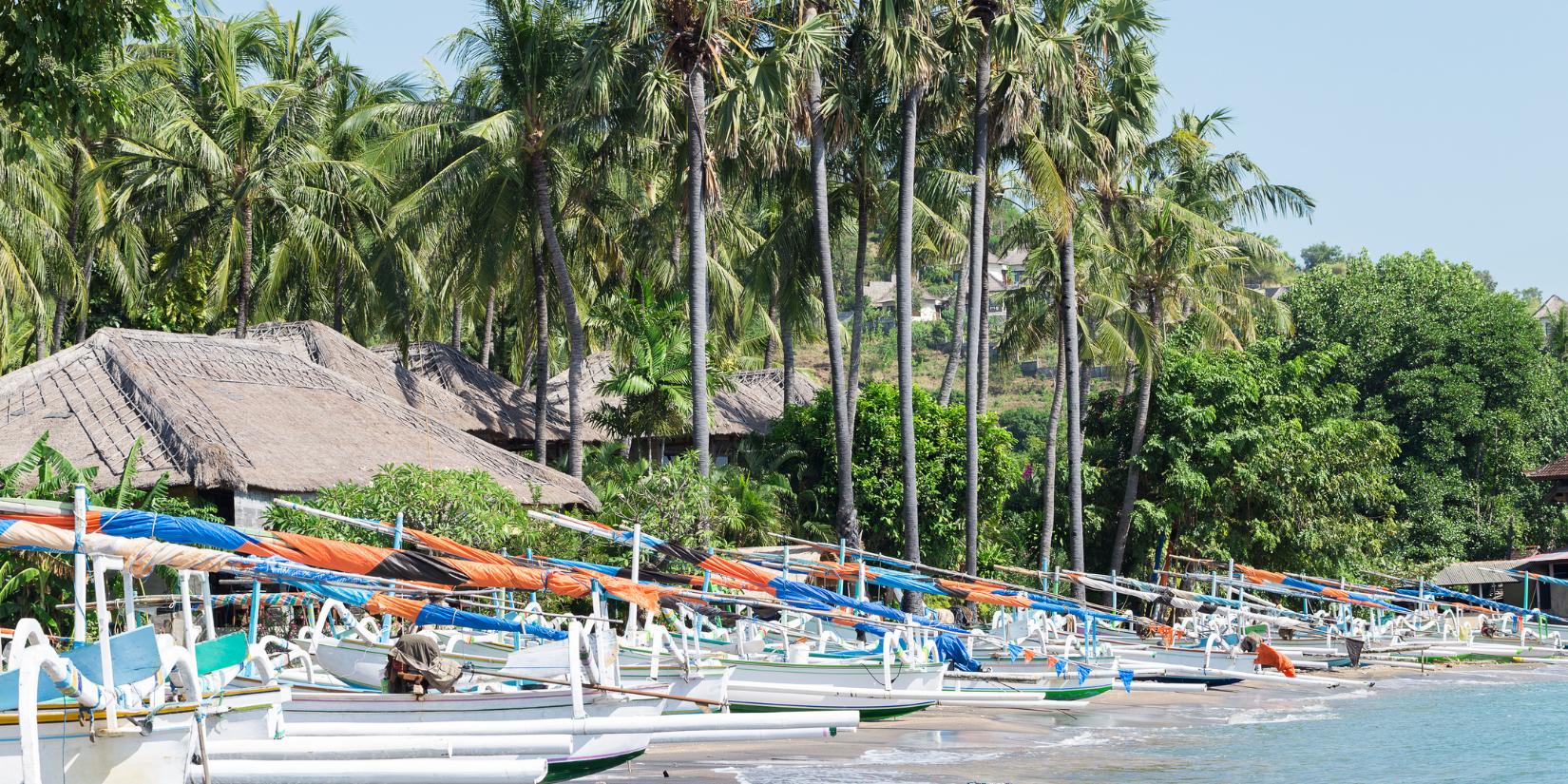
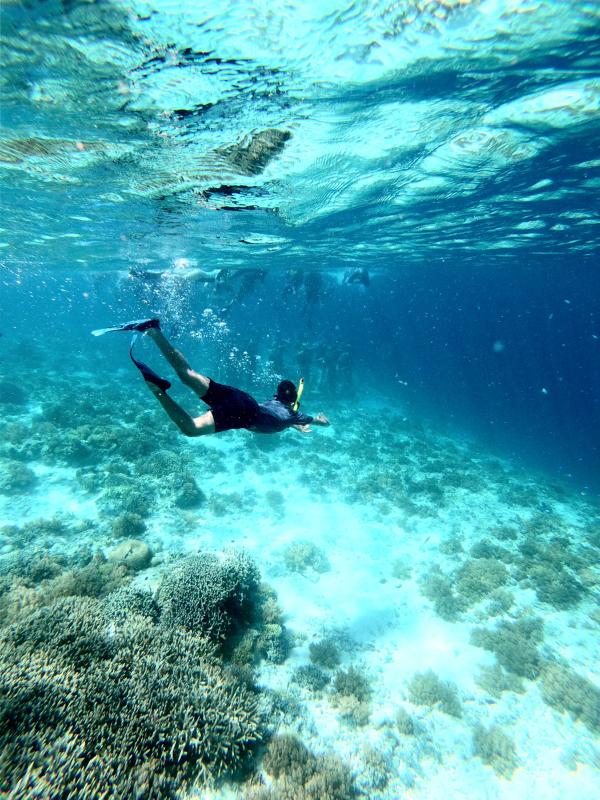
Dive Site
Why it stands out: Start your dive from Bunutan’s pebble beach. Swim over sandy patches full of garden eels. These eels look like underwater wheat fields, moving as batfish schools pass above.
Types of dives:
- Reef
- Drift

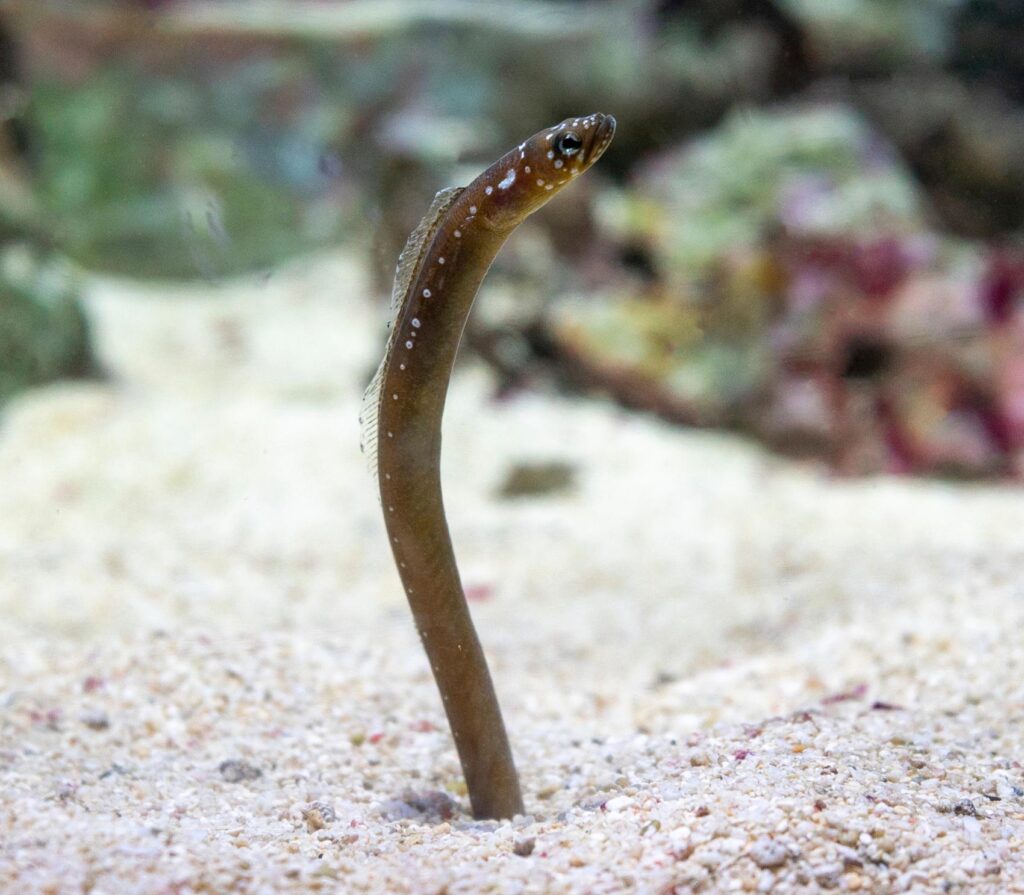
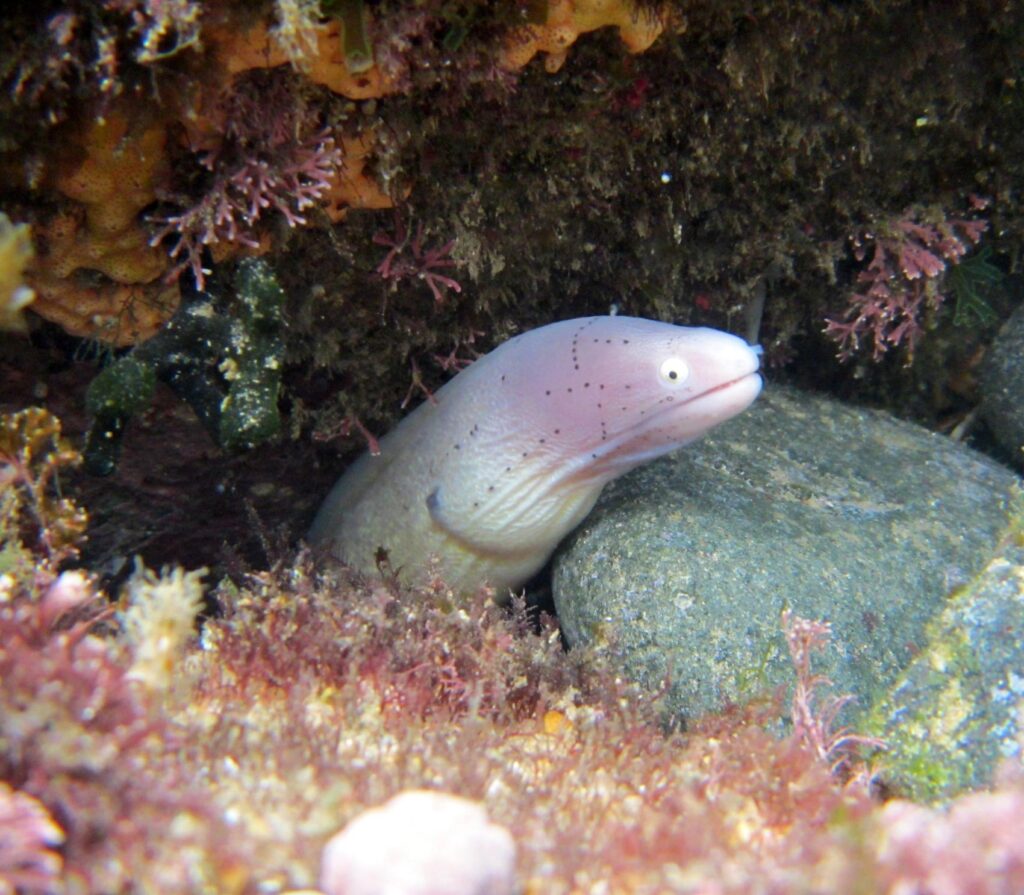
Dive Site
Depth & highlights: At 12m, this WWII wreck is a sight to see. Neon damselfish circle around the wreck’s toilet, a famous underwater photo spot. At night, bring a torch to see blue-spotted stingrays.
Types of dives:
- Drift
- Reef

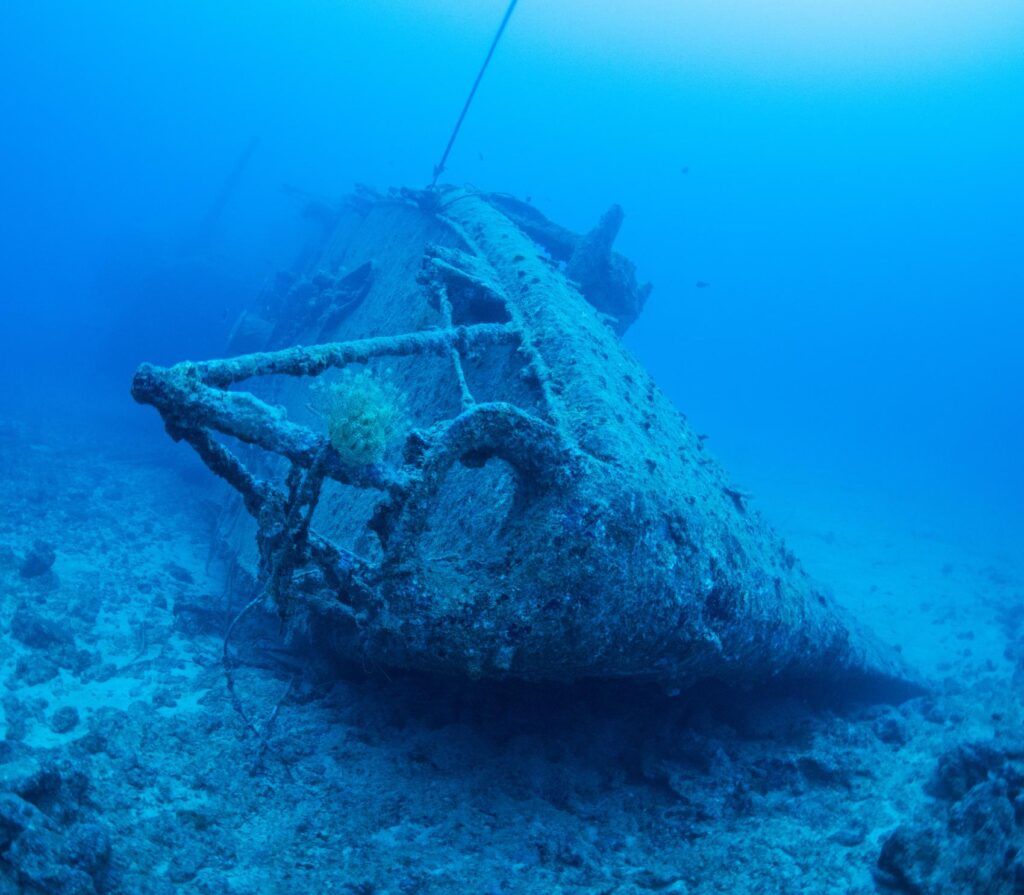
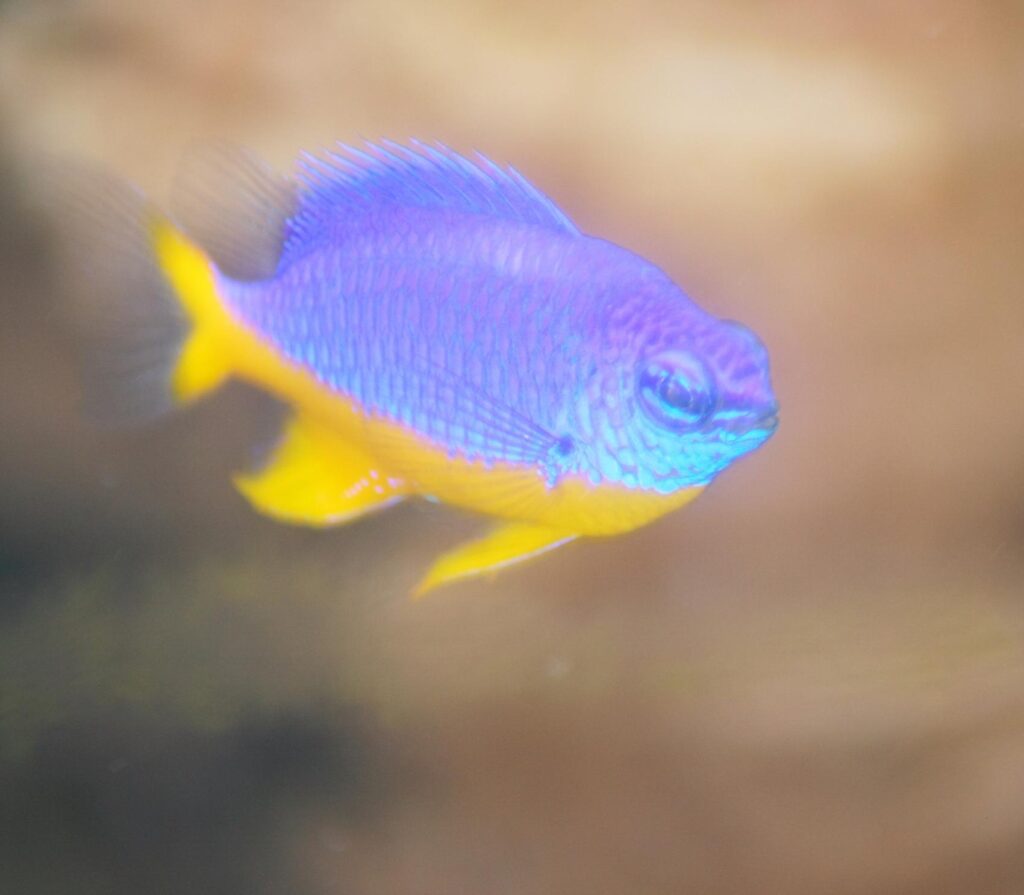
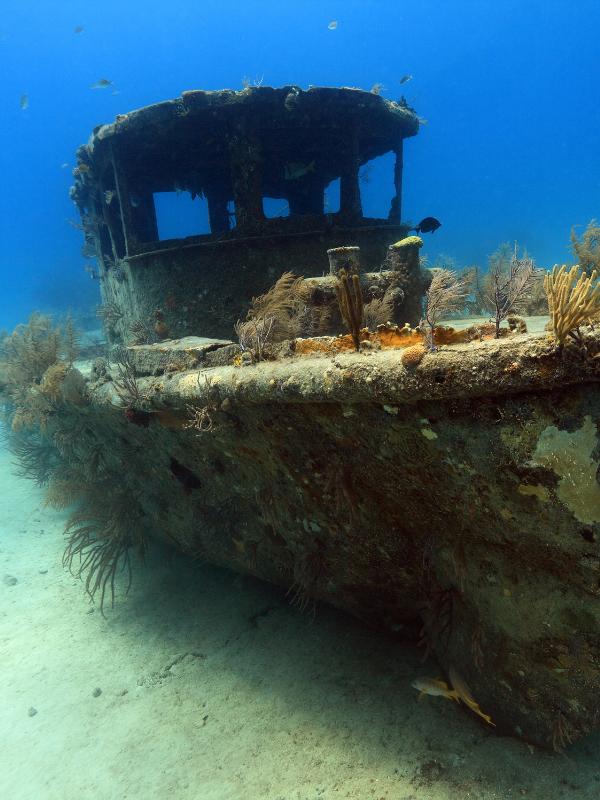
Safe bay dives perfect for beginners and snorkelers
Lipah Bay, where Bali’s mountains meet the sea, is a serene diving gem known as “Turtle Central” for its frequent green turtle sightings. Coral bommies rise from 15 meters to shallow reefs, and mornings often bring dolphin encounters. Natural wind barriers keep conditions calm for afternoon dives. With snorkel–scuba combo packages, Lipah is ideal for mixed groups seeking clear waters, rich marine life, and all-day underwater comfort.
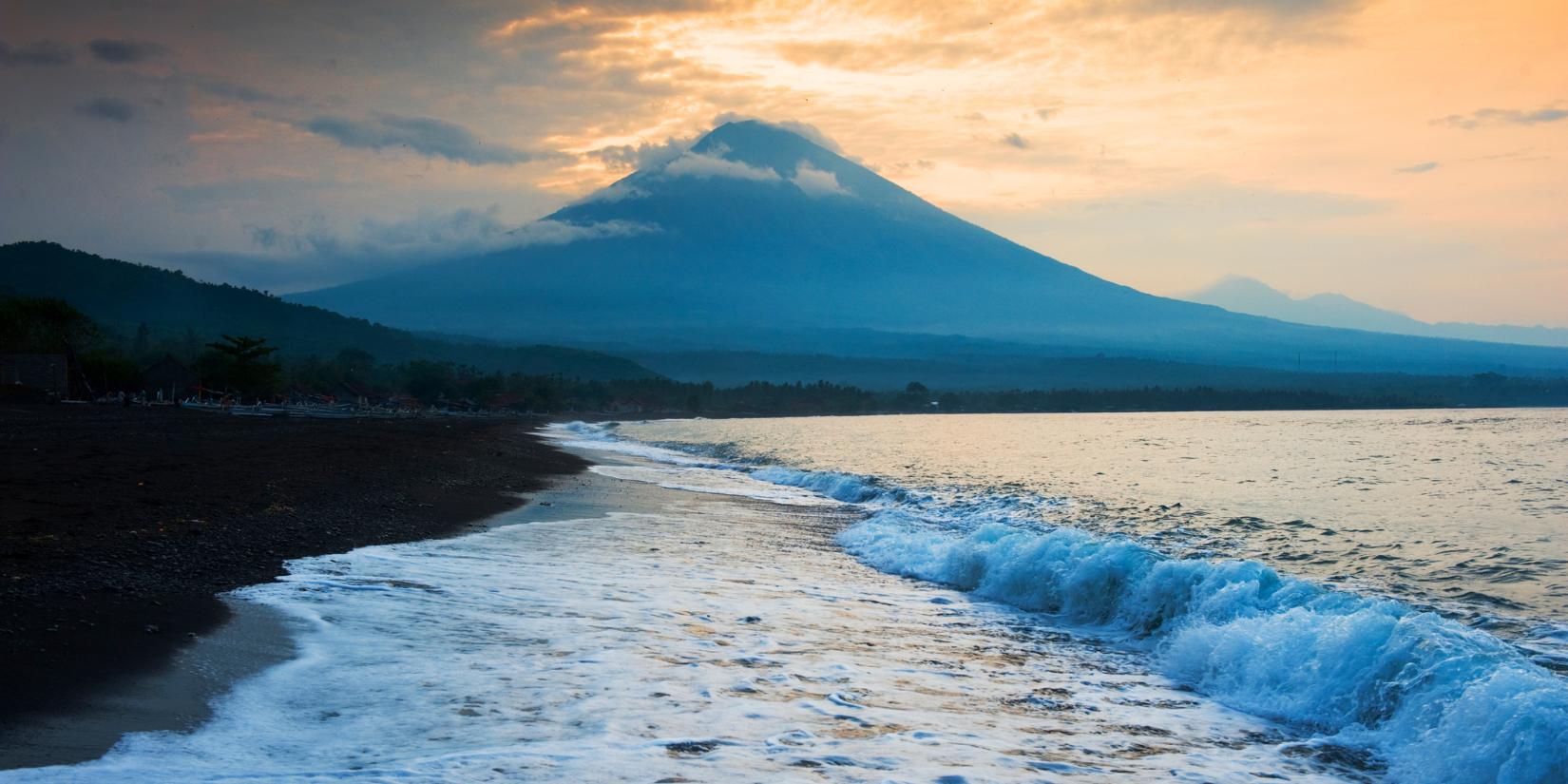

Dive Site
Nicknamed “Turtle Central,” Lipah Bay is famous for its green turtle encounters, often seen by freedivers just five meters below the surface. The site features vibrant coral bommies rising from 15 meters and calm shallows, with dolphins frequently spotted before 10 AM. Natural wind barriers make afternoon dives smooth, and local operators offer combo packages for snorkelers and divers. With clear water and scenic marine life, Lipah Bay is ideal for all-day underwater adventures.
Types of dives:
- Reef
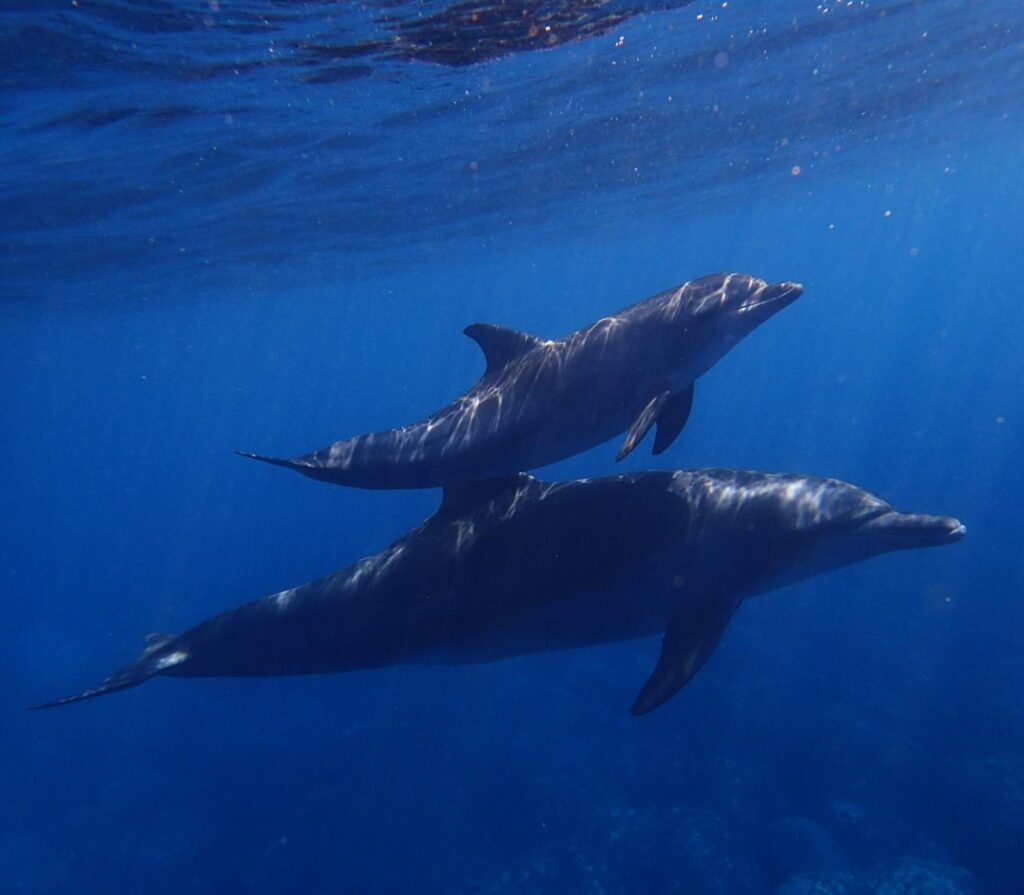
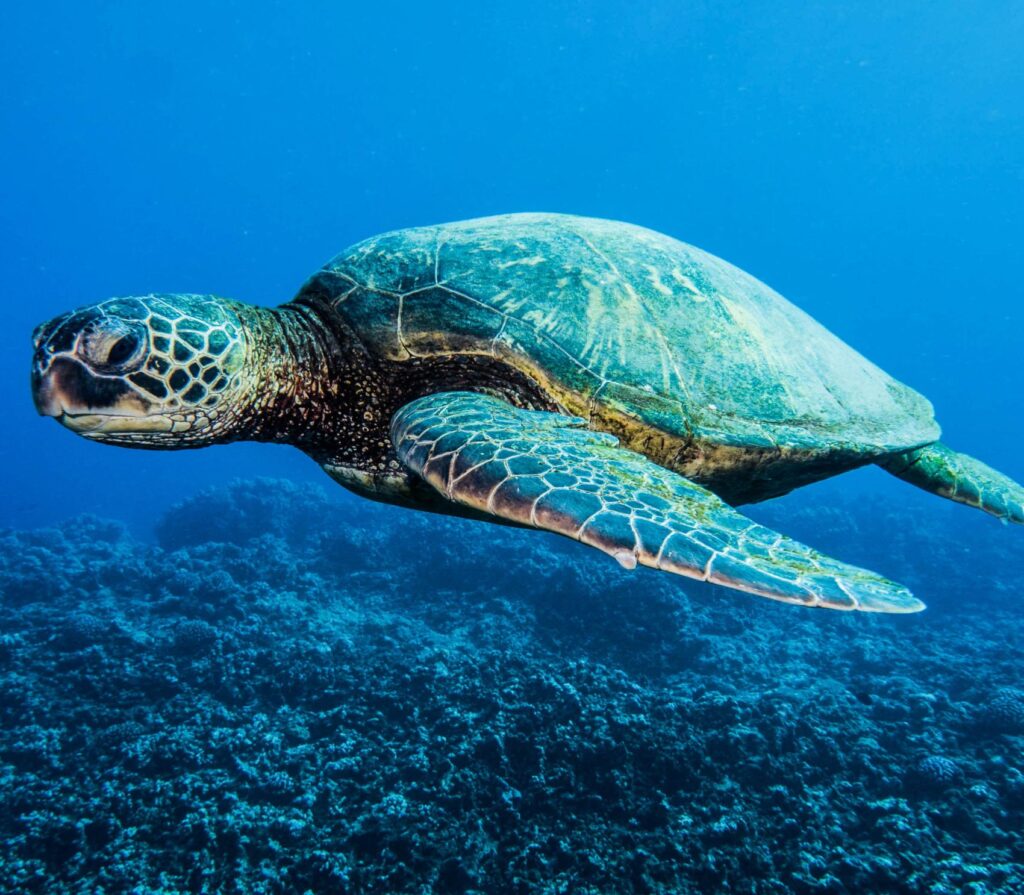
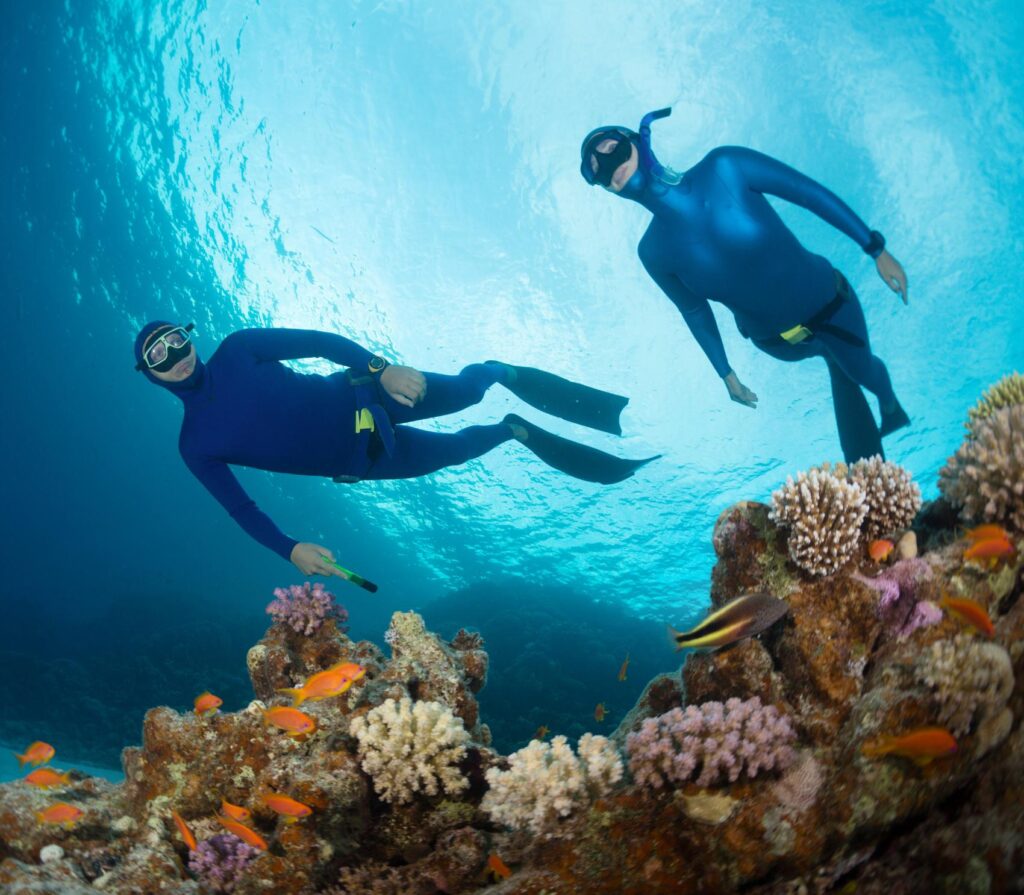
Where Untamed Currents Meet Cultural Charm
Gili Selang is a small island east of Bali’s mainland. It offers top-notch diving and a peek into Balinese culture. This makes it a unique spot among Amed dive sites.
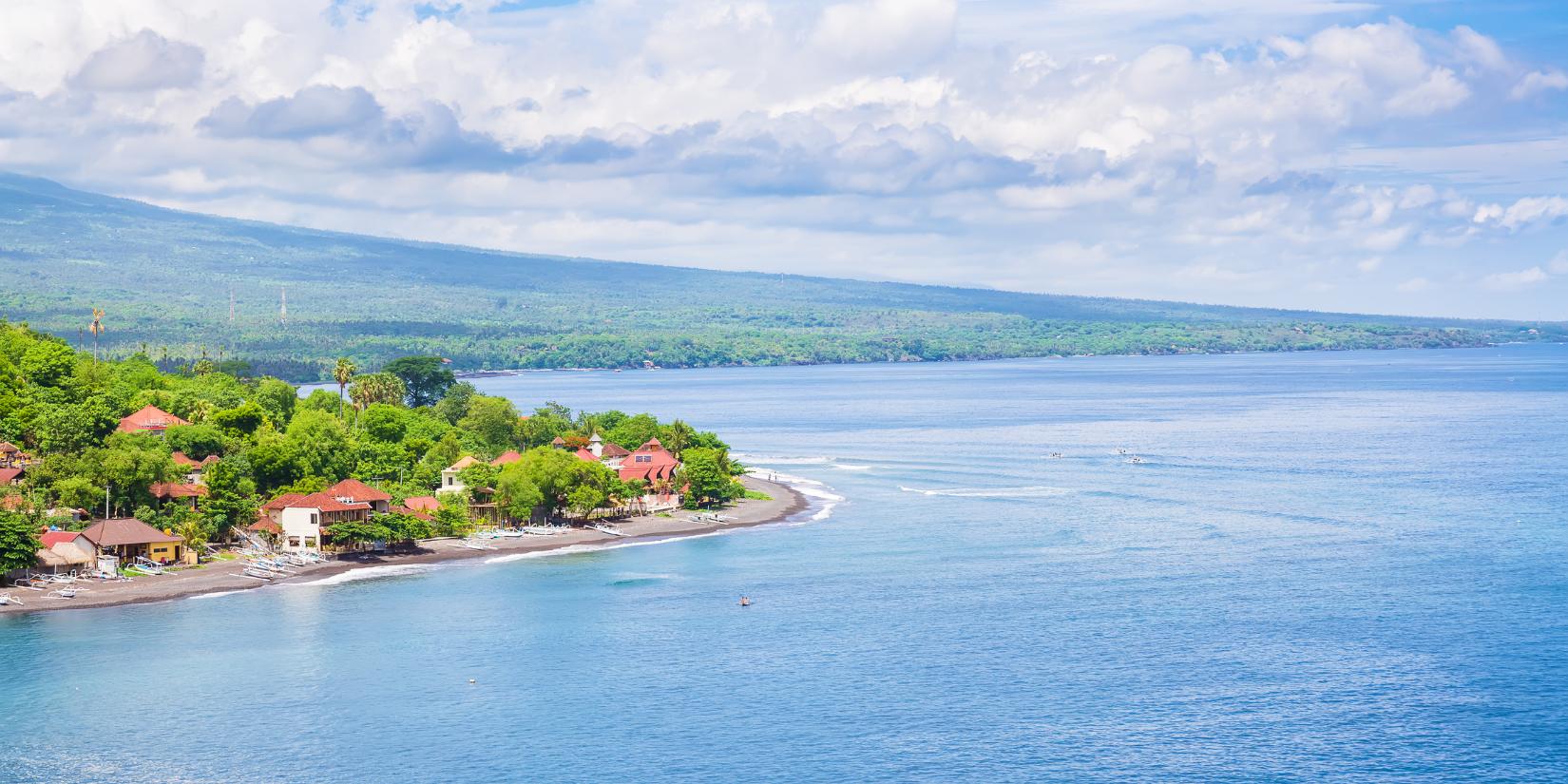
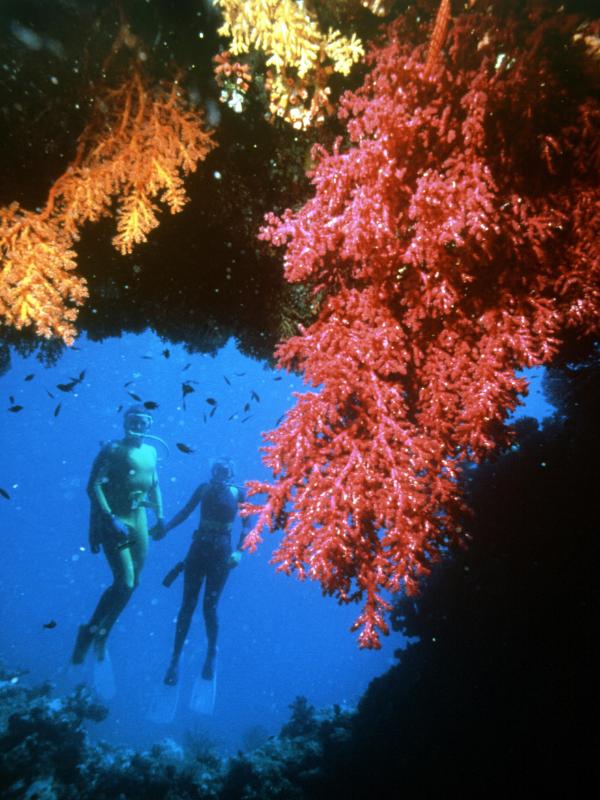
Dive Sites
Underwater, Gili Selang is a paradise for macro enthusiasts. The western slope is home to magnificent coral gardens. Here, Coleman shrimp and pygmy seahorses play among sea fans and soft corals. The eastern wall is for thrill-seekers. Drift dives here take you past volcanic formations and orange cup corals. You might see dogtooth tuna in the blue waters. Depths reach 30 meters, ideal for Amed Bali scuba diving.
After diving, see local artisans harvest salt the old way. They use garam tradisional methods in shallow pools. Watching this, then seeing Mount Agung at sunset, completes the Amed diving spot experience.
Types of dives:
- Drift
- Reef
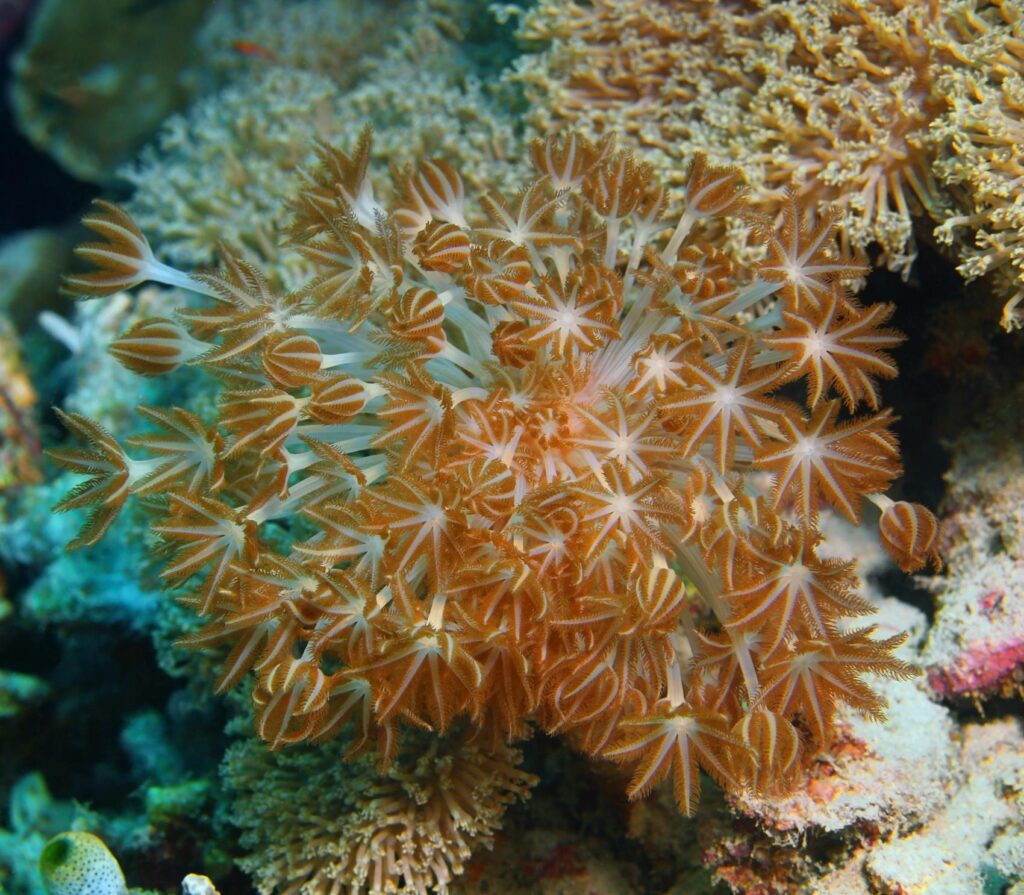
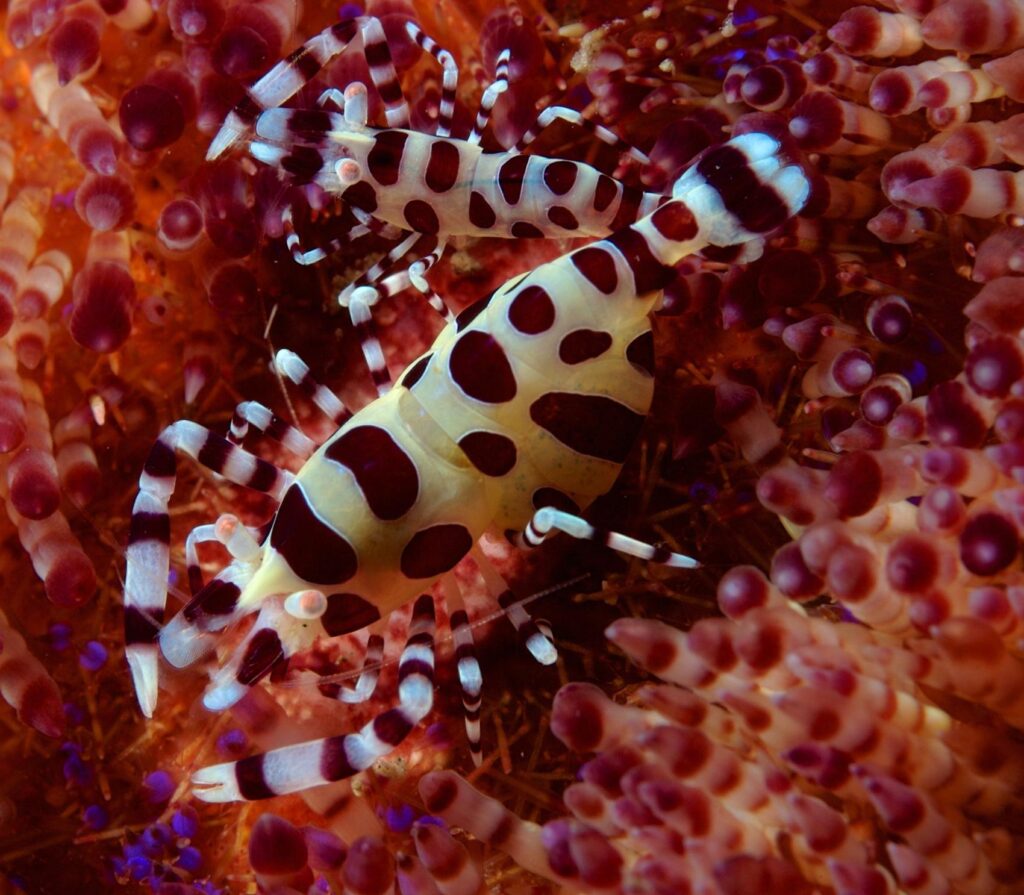

For the curious and bold.
Amed’s hidden dive sites offer rare marine encounters away from the crowds. At Bunutan, sandy slopes and shifting thermoclines create dramatic light shows, home to garden eels and ghost pipefish. Kuanji delights macro lovers with flamboyant cuttlefish and harlequin shrimp. At Seraya Secrets, patient divers find pygmy seahorses. Best explored at night or during slack tide, these lesser-known gems reveal Bali’s quietest and most magical underwater moments.
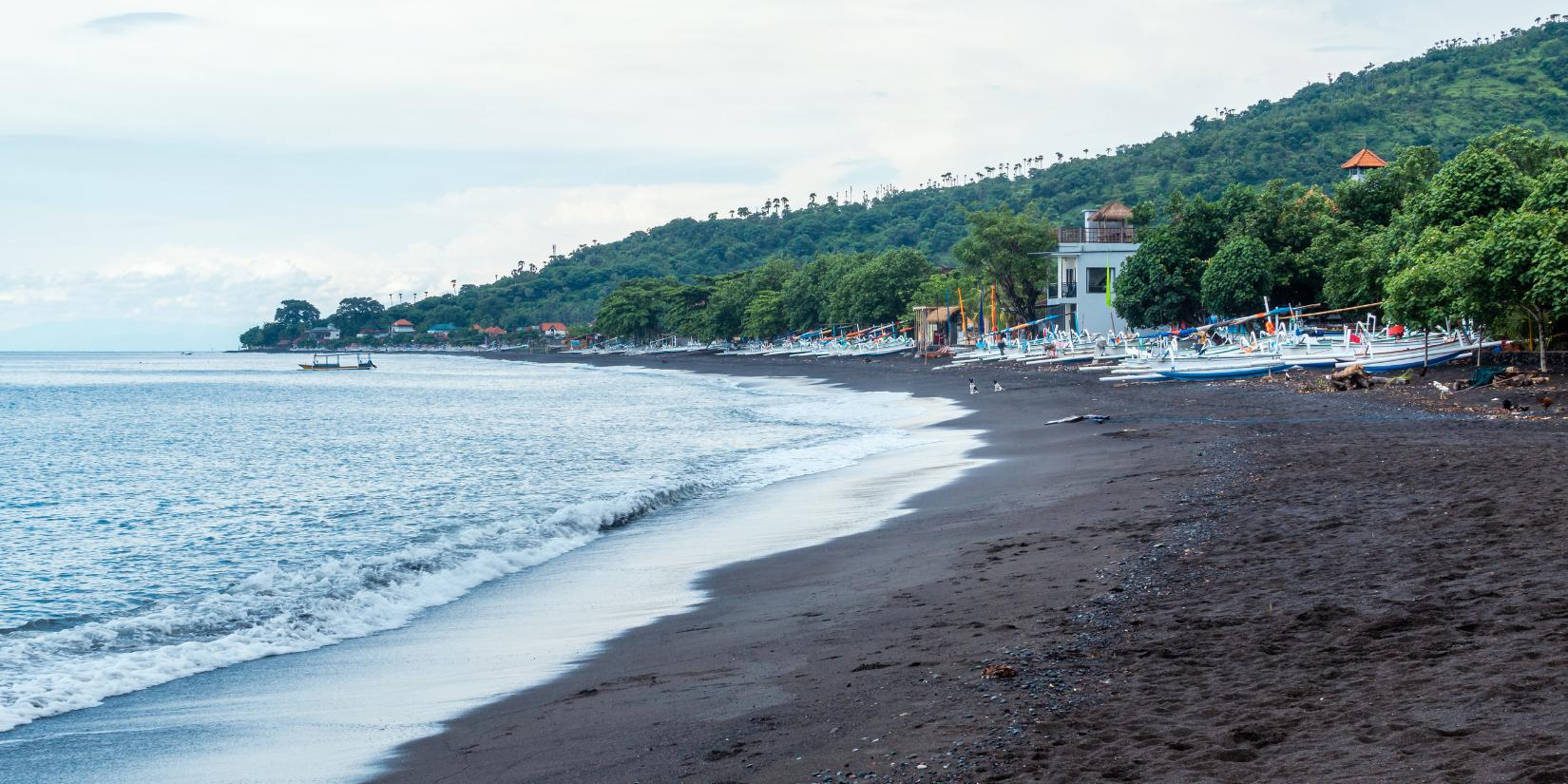
Bunutan is a lesson in underwater geology. Sandy slopes meet thermoclines, creating stunning light shows. You’ll see garden eels and blacktip sharks. Local guides say, “This is where the ocean shows its moods.” They point out ghost pipefish hiding in artificial reefs.
Kuanji is a paradise for macro photography. The silt bottom is alive with colorful creatures
- Harlequin shrimp dancing in pastel colors
- Flamboyant cuttlefish showing off their skin patterns
- Demon stingers hidden in the sediment
Night diving here is magical. “It’s like swimming through liquid starlight,” a diver said.
Seraya Secrets requires patience but rewards with rare sightings. Look for pygmy seahorses and colorful nudibranchs. Visit during slack tide for the best views.
While popular spots get all the attention, these hidden gems offer a closer look at marine life. Bring your sense of wonder and a good torch for night dives. Discover why seasoned divers call this coast Indonesia’s best-kept secret.
FAQ
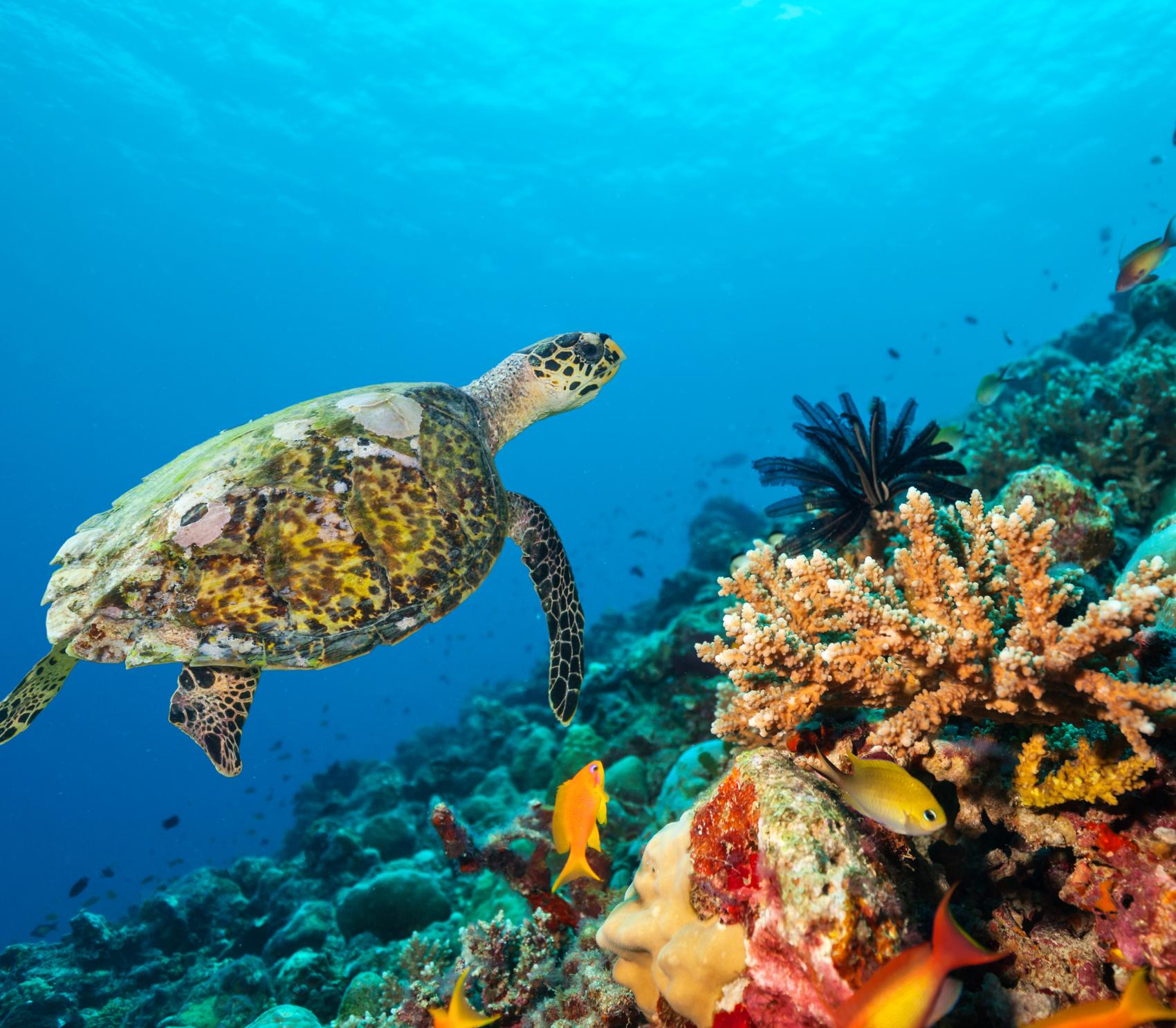
What makes Amed’s diving ecosystem unique compared to other Bali dive destinations?
Amed’s diving is special because of its volcanic black sand seabed. This creates a unique muck-diving environment. You can see rare creatures like Hippocampus bargibanti seahorses and ornate ghost pipefish. The area also has coral-covered walls and the Japanese Wreck, offering a diverse underwater world.
Are Amed’s dive sites suitable for beginners or families?
Yes, Amed is great for beginners and families. Places like Jemeluk have easy shore entries. This makes it safe and fun for all.
How does seasonal weather affect diving conditions in Amed?
The water in Amed stays warm all year, between 27-30°C. In the dry season (April-October), you might need a 3mm wetsuit. But in winter, a 5mm wetsuit is better. Visibility is always good, at 15m+, and summer is calmer.
What marine life specialties can macro photographers find in Amed?
Macro photographers will love Amed’s night dives. You can see creatures like harlequin shrimp. Bunutan’s muck sites are home to mimic octopuses. The area’s rich biodiversity, thanks to the Coral Triangle, offers a chance to see pygmy seahorses on Jemeluk Wall’s sea fans.
How does Amed compare to neighboring Tulamben for dive experiences?
Amed and Tulamben both have volcanic origins, but Amed offers more variety. Jemeluk Wall’s 40m drop-offs are different from Tulamben’s USS Liberty wreck. Amed’s sites are spread out, reducing crowds. It has walls, wrecks, and black sand slopes for all interests.
What safety infrastructure supports diving in Amed?
Amed has a hyperbaric chamber in Denpasar, 3 hours away. Reputable operators like Dune Atlantis International follow strict safety rules. Sites like Pyramids have easy slopes for safe ascents. Shore entries also reduce risks from boats.
Can freedivers enjoy Amed’s underwater terrain?
Yes, freedivers will love Amed. The clear water and shallow reefs are perfect. Bali Reef Divers offers guided freediving sessions. You can explore swim-throughs at Pyramids or vertical walls at Jemeluk.
What logistical considerations should divers plan for when visiting Amed?
Most dive centers, like Momo Dive Center, arrange airport transfers. The drive from Ngurah Rai is 3 hours. While “jukung” boats are available, most sites have shore entries. Staying at beachfront resorts helps you dive more, with breaks to watch traditional salt farming.
West Sumbawa
Indonesia is filled with iconic dive spots—Raja Ampat, Komodo, Nusa Penida, Lombok, and Sumbawa. After Amed, explore more. If Sumbawa’s next, Mocean Beach Resort’s dive center offers guided West Sumbawa diving with crystal-clear reefs and marine life. Our PADI-certified team ensures safe, eco-friendly trips for all levels. Not diving with us? We’re still happy to share local tips for your adventure.
